Picture Source = https://education.nationalgeographic.org/resource/sustainable-development-goals/
The Sustainable Development Goals (SDGs) are the shared blueprint to achieve a better and more sustainable future for all. They address the global challenges faced which include poverty, inequality, climate change, environmental degradation, peace and justice. The SDGs aim to transform our world. The 17 Goals were adopted by all United Nations Member States in September 2015 as part of the 2030 Agenda for Sustainable Development and sets out a 15-year plan to achieve the Goals and their related targets. The 17 Goals are interconnected, apply to all countries, and need to be carried out by all stakeholders – governments, private sector, civil society, the United Nations and others, in a collaborative partnership. The 17 Sustainable Development Goals in brief are as under:
SDG-1: No Poverty: To ensure that all men and women, in particular the poor and the vulnerable, have equal rights to use economic resources, as well as to access basic services, ownership and control over land and other forms of property, inheritance, natural resources, appropriate new technology and financial services.
SDG-2: Zero Hunger: To ensure sustainable food production systems and implement resilient agricultural practices that increase productivity and production, that help sustain the ecosystems, that strengthen capacity for adaptation to climate change, extreme weather, drought, flooding and other disasters and that progressively improve land and soil quality.
SDG-3: Good Health and Wellbeing: To strengthen the prevention and treatment of substance abuse, including narcotic drug abuse and harmful use of alcohol; end the epidemics of AIDS, tuberculosis, malaria, water-borne diseases and other communicable diseases; universal health coverage, to support the research and development of vaccines and medicines etc.
SDG-4: Quality Education: To ensure all learners acquire knowledge and skills needed to promote sustainable development, including among others through education for sustainable development and sustainable lifestyles, human rights, gender equality, promotion of a culture of peace and non-violence, global citizenship, and appreciation of cultural diversity and culture’s contribution to sustainable development.
SDG-5: Gender Equality: To end discrimination, eliminate all forms of violence against women and girls; to ensure effective participation and equal opportunities for leadership at all levels of decision-making in political, economic and public life.
SDG-6: Clean Water and sanitation: To improve water quality by reducing pollution, eliminating dumping and minimizing release of hazardous chemicals and materials, halving the proportion of untreated wastewater and substantially increasing recycling and safe reuse globally; access to adequate and equitable sanitation and hygiene.
SDG-7: Affordable and Clean Energy: To ensure universal access to affordable, reliable and modern energy services.
SDG-8: Decent Work and Economic Growth: To eradicate forced labour, end modern slavery and human trafficking, and prohibition of child labour. To promote development-oriented policies that support productive activities, decent job creation, entrepreneurship, creativity and innovation, and encourage the formalization and growth of micro, small and medium-sized enterprises, including through access to financial services.
SDG-9: Industry, innovation and Infrastructure: Develop quality, reliable, sustainable and resilient infrastructure, including regional and transborder infrastructure, to support economic development and human well-being, with a focus on affordable and equitable access for all.
SDG-10: Reduce Inequalities: Facilitate orderly, safe, regular and responsible migration and mobility of people, official development assistance and financial flows.
SDG-11: Sustainable Cities and Communities: Access to adequate, safe and affordable housing and basic services; sustainable transport systems; sustainable urbanization; public spaces; strengthening national and regional development planning; holistic disaster risk management.
SDG-12: Responsible Consumption and Production: To achieve the environmentally sound management of chemicals and all wastes throughout their life cycle, in accordance with agreed international frameworks, and significantly reduce their release to air, water and soil in order to minimize their adverse impacts on human health and the environment.
SDG-13: Climate Action: Take urgent action to combat climate change and its impacts; maintenance of environment and natural resources.
SDG-14: Life below Water: Conserve and sustainably use the oceans, seas and marine resources for sustainable development.
SDG-15: Life on Land: Protect, restore and promote sustainable use of terrestrial ecosystems, sustainably manage forests, combat desertification, and halt and reverse land degradation and halt biodiversity loss; to end poaching and trafficking of protected species of flora and fauna and address both demand and supply of illegal wildlife products.
SDG-16: Peace, Justice and strong Institutions: Promote peaceful inclusive societies for sustainable development, provide access to justice for all and build effective, accountable and inclusive institutions at all levels.
SDG-17: Partnership for the Goals: Strengthen the means of implementation and revitalize the global partnership for sustainable development.
Sustainable Development Goals and India
NITI Aayog has constructed the SDG India Index spanning across 13 out of 17 SDGs (except SDGs 12, 13, 14 and 17). The Index tracks the progress of all the States and Union Territories (UTs) on a set of 62 National Indicators, measuring their progress on the outcomes of the interventions and schemes of the Government of India. The SDG India Index is intended to provide a holistic view on the social, economic and environmental status of the country and its States and UTs. The SDG India Index is an aggregate measure which can be understood and used by everyone—policymakers, businesses, civil society and the general public. It has been designed to provide an aggregate assessment of the performance of all Indian States and UTs, and to help leaders and change makers evaluate their performance on social, economic and environmental parameters. It aims to measure India and its States’ progress towards the SDGs for 2030.
– Ritumala Gupta
Senior Manager (Environment)
Corporate Office
Reference:
1. https://www.un.org/
2. https://niti.gov.in/
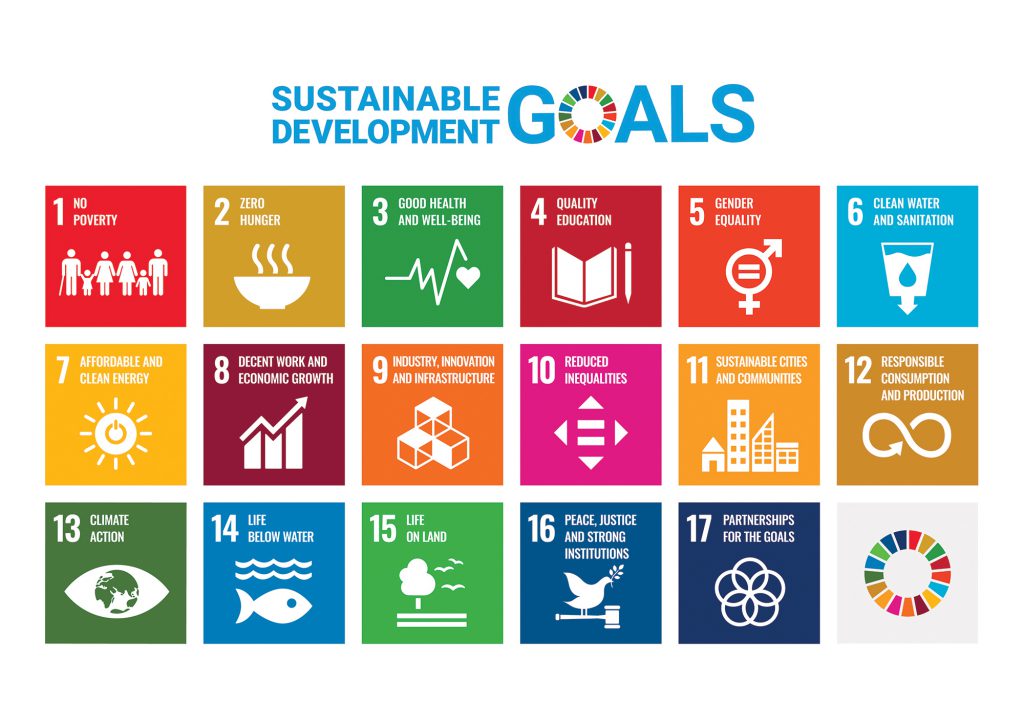










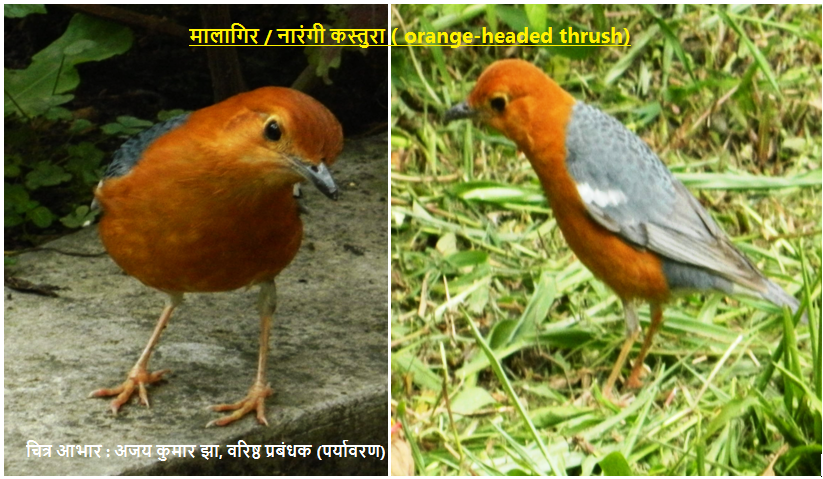






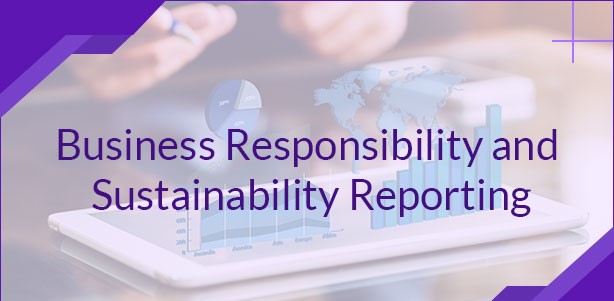


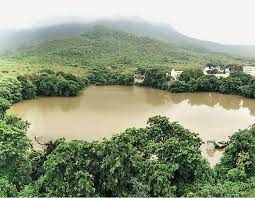

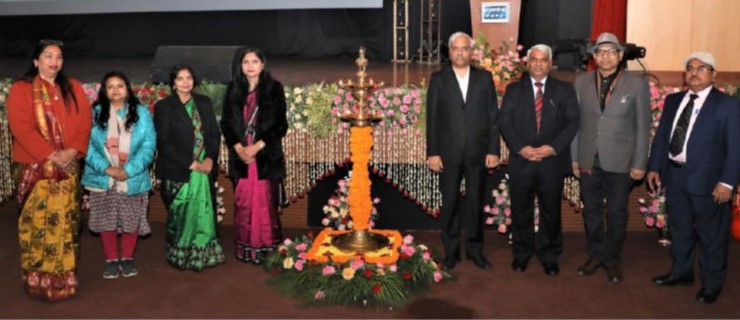
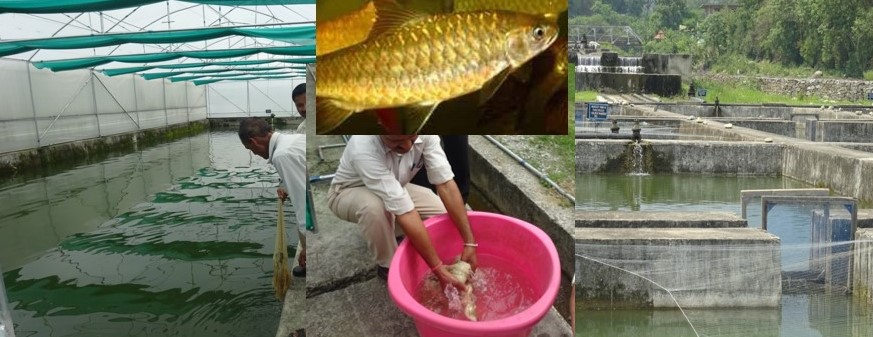





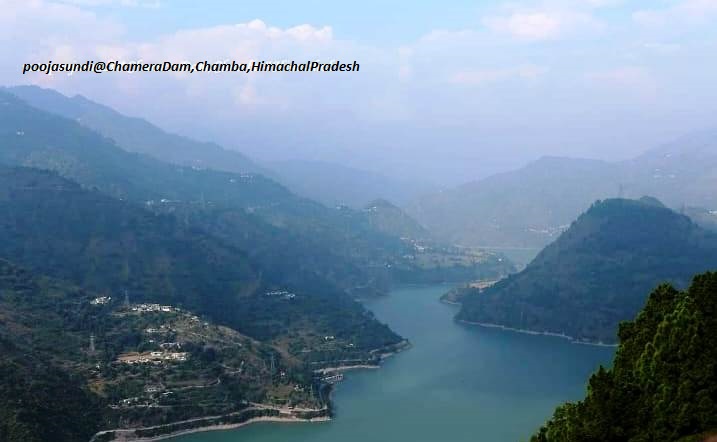
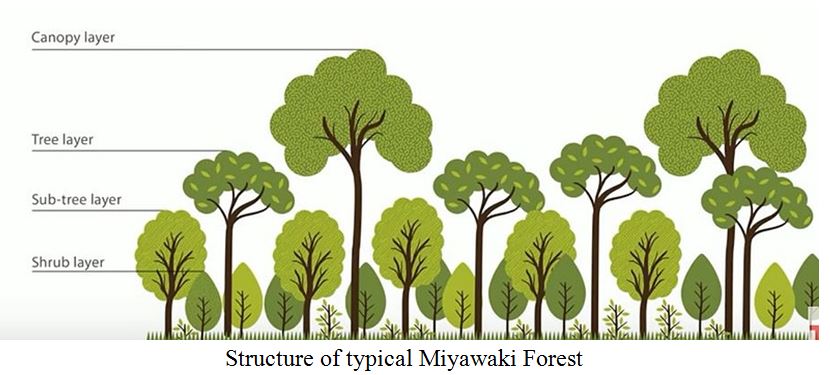
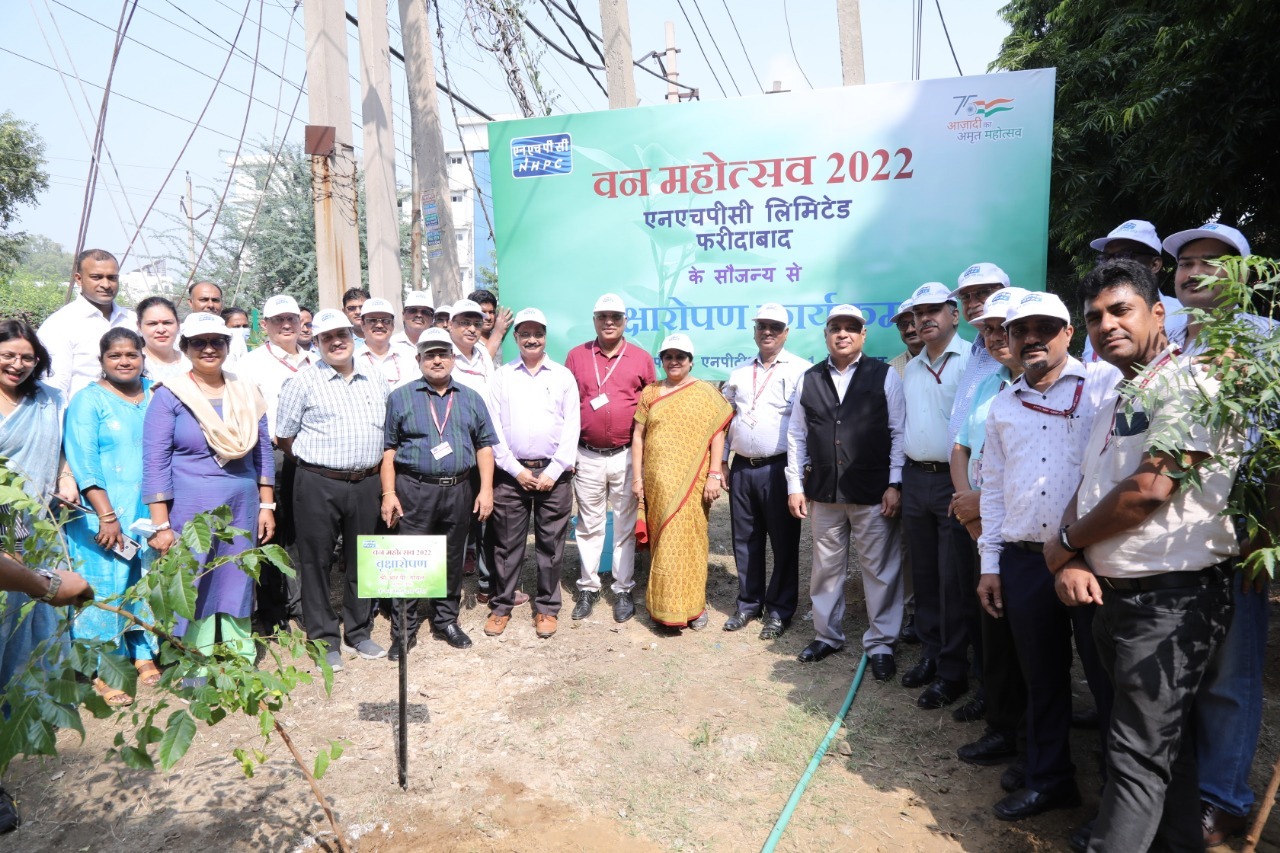
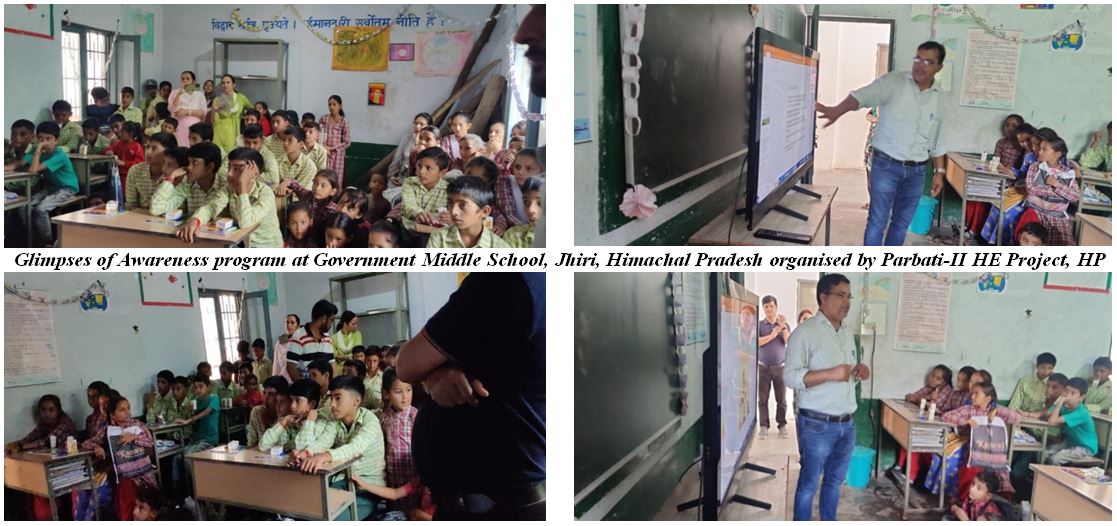
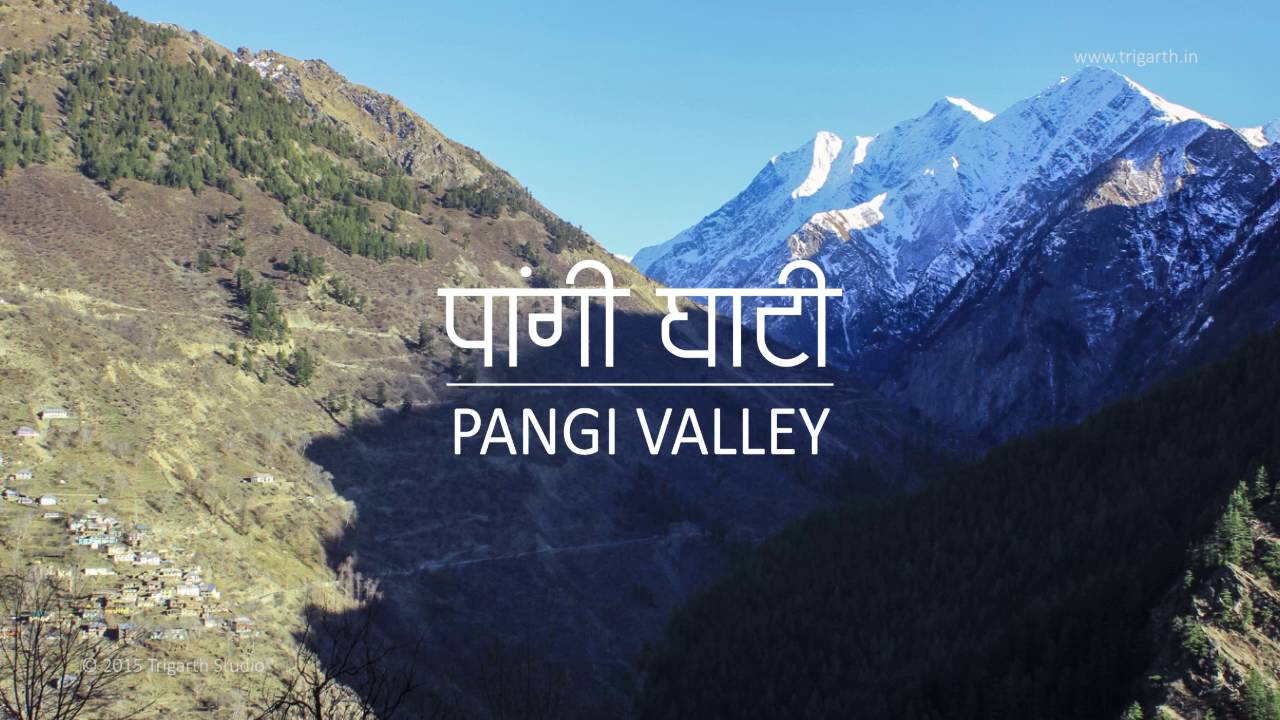
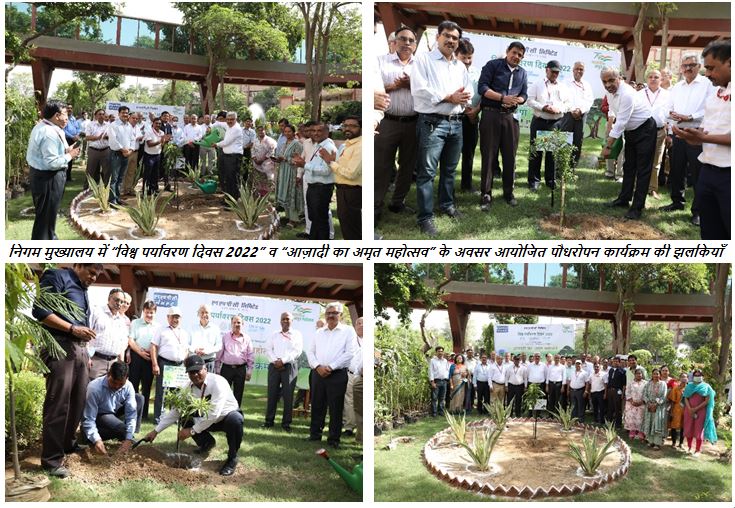
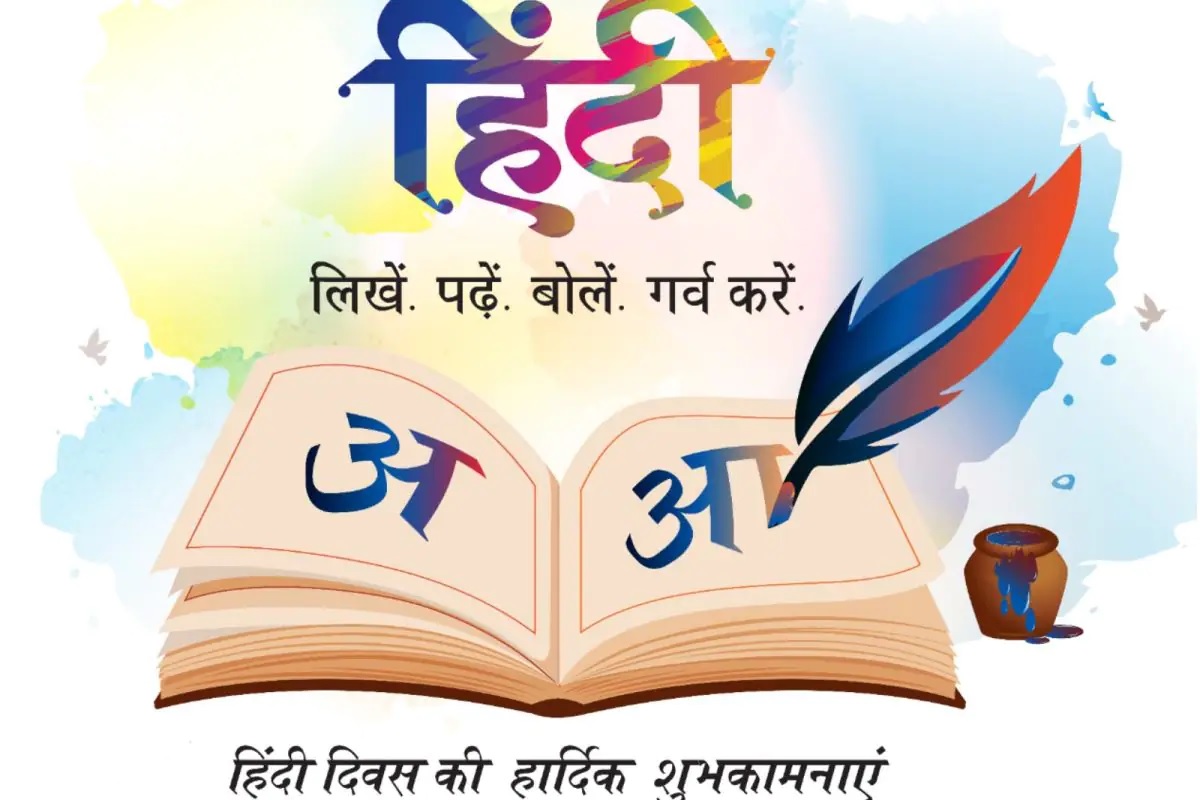
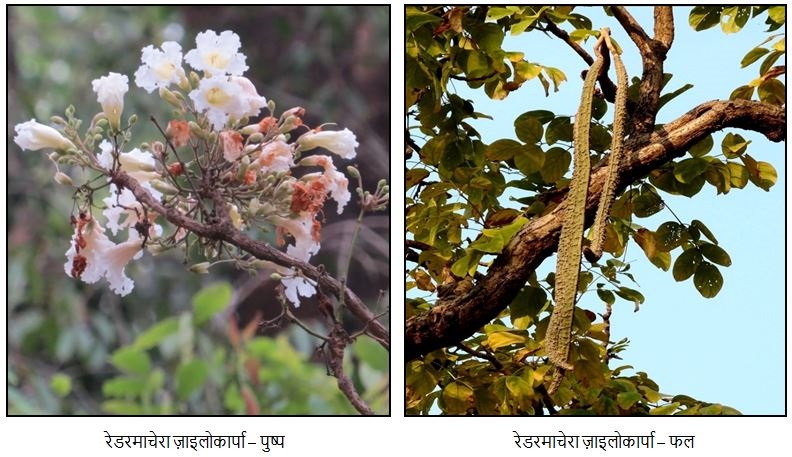










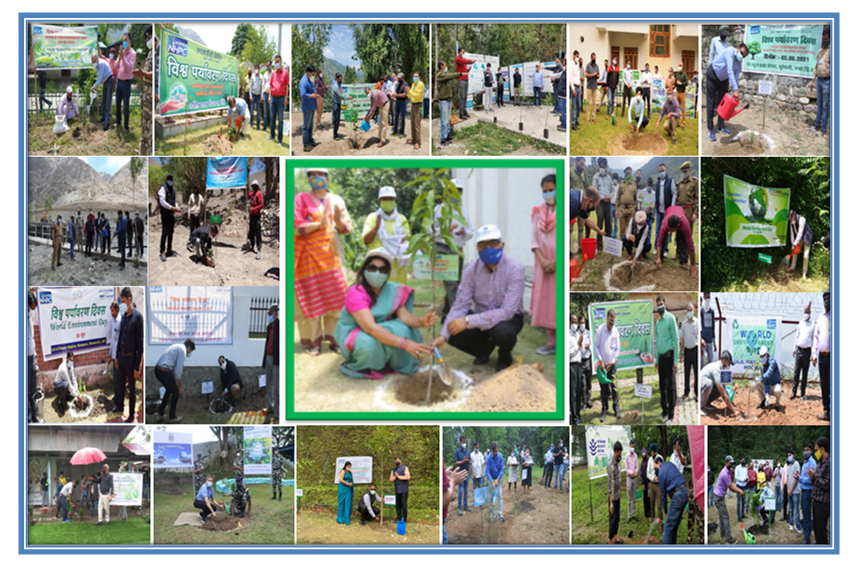

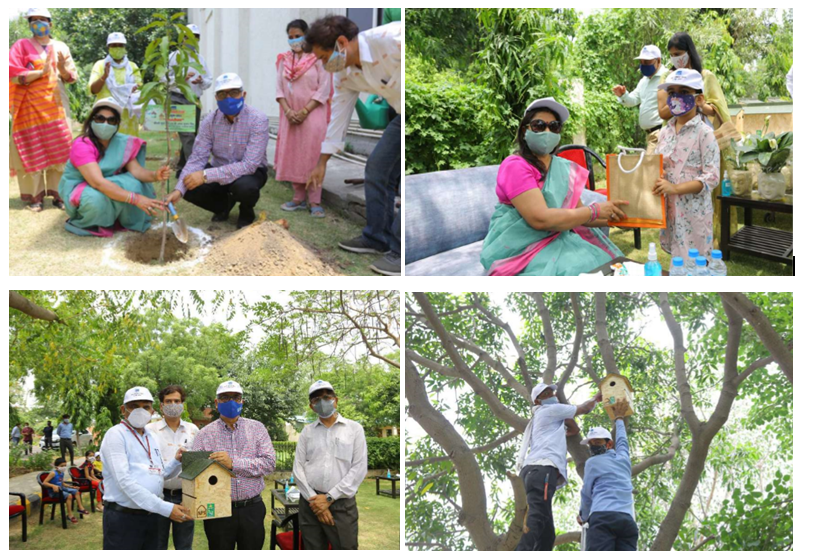










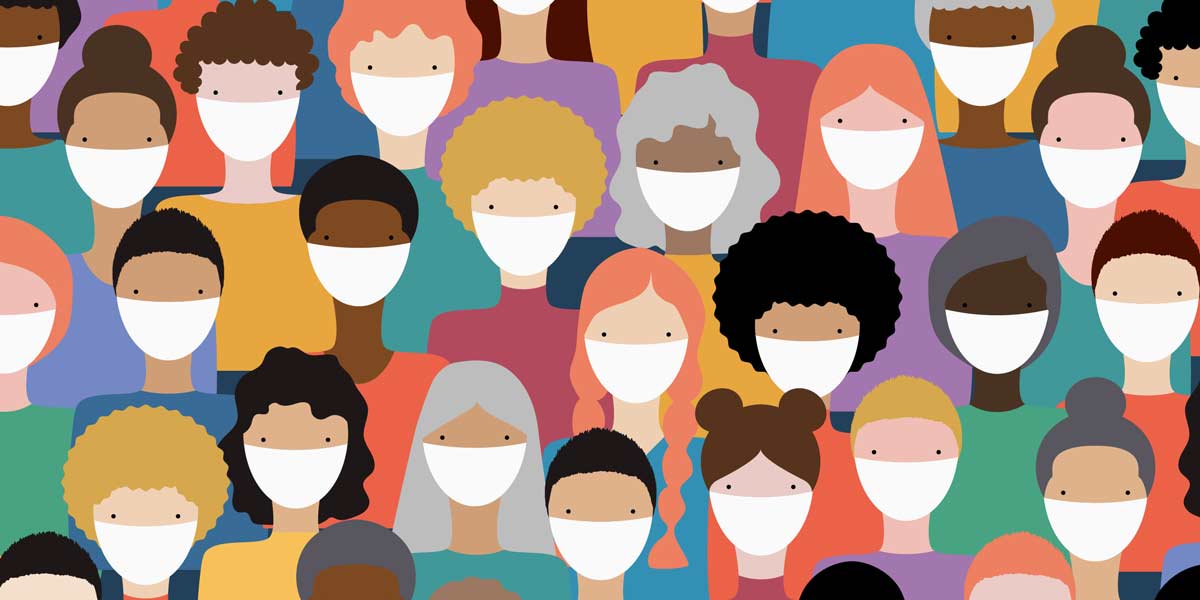


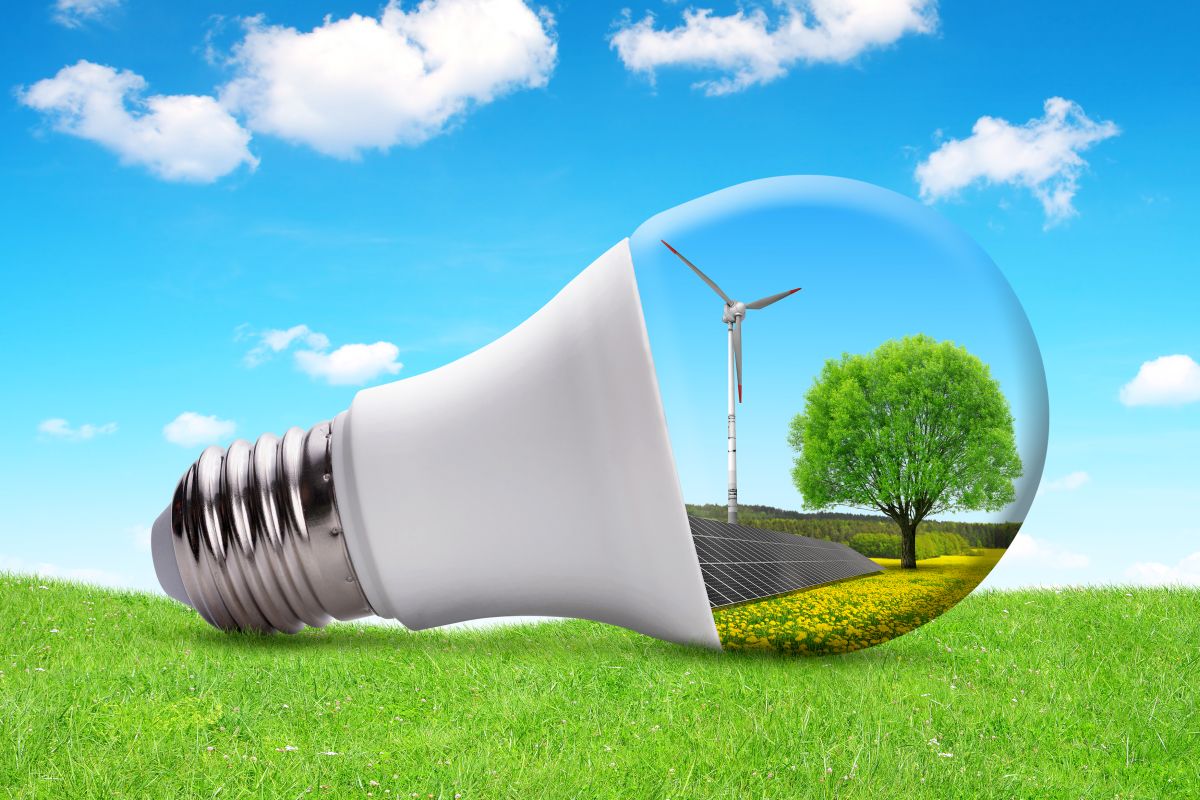

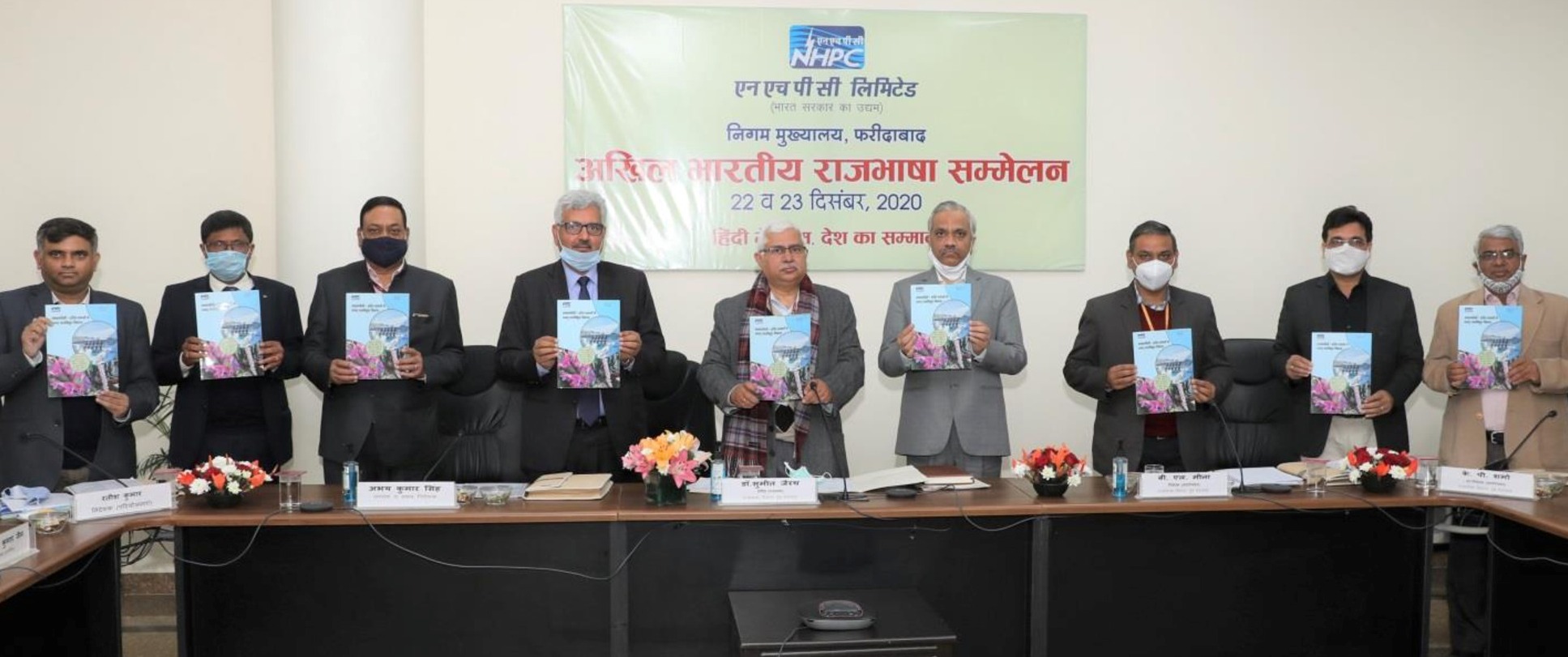


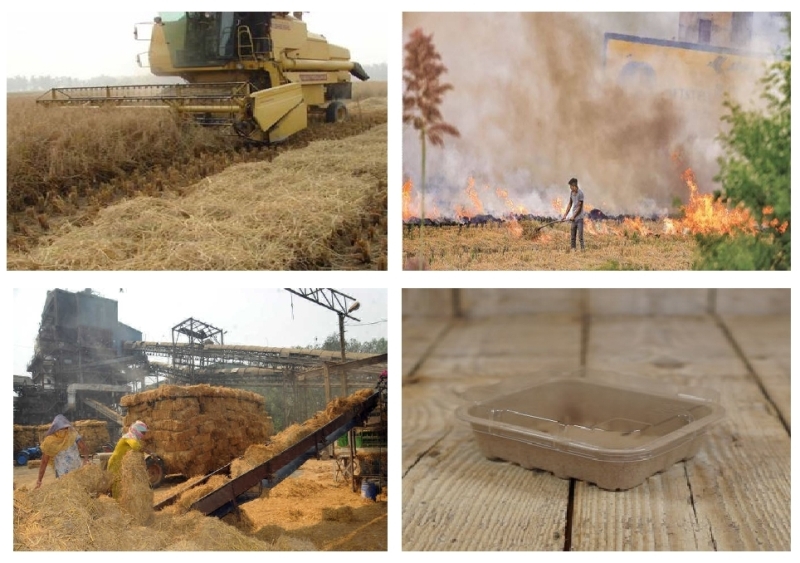





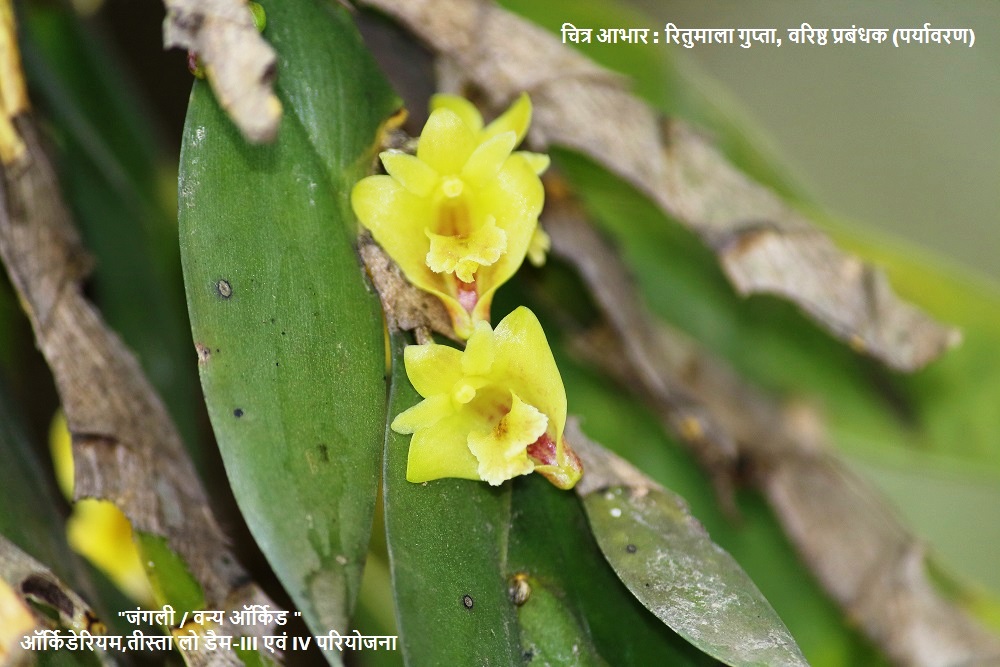

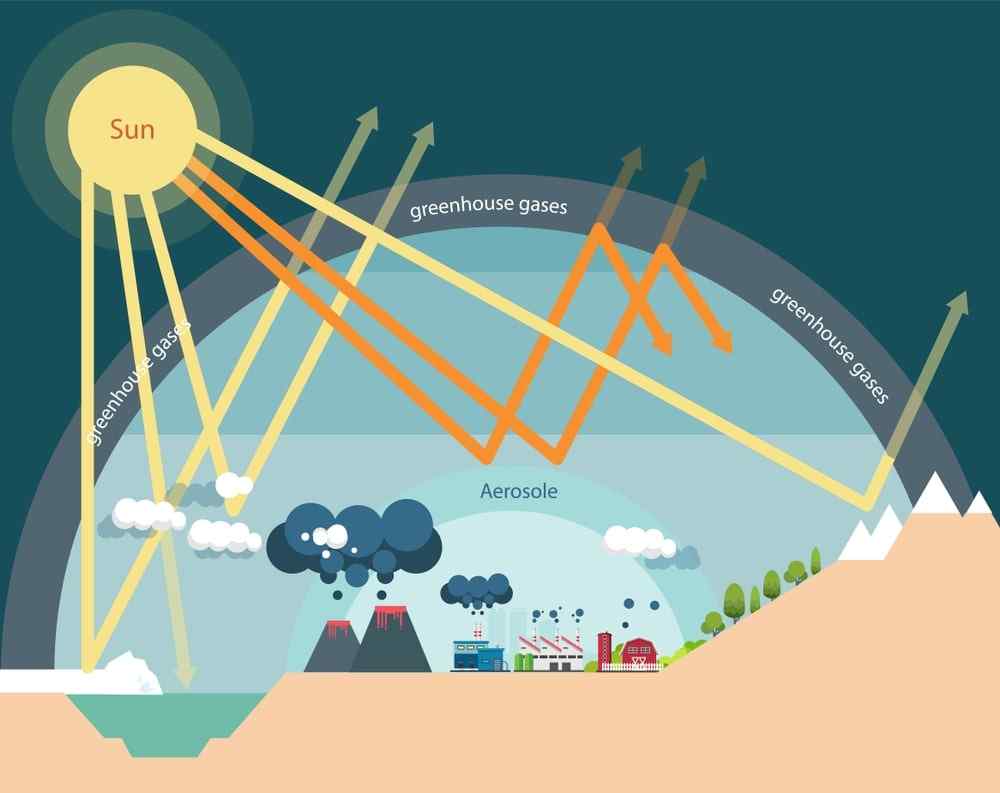

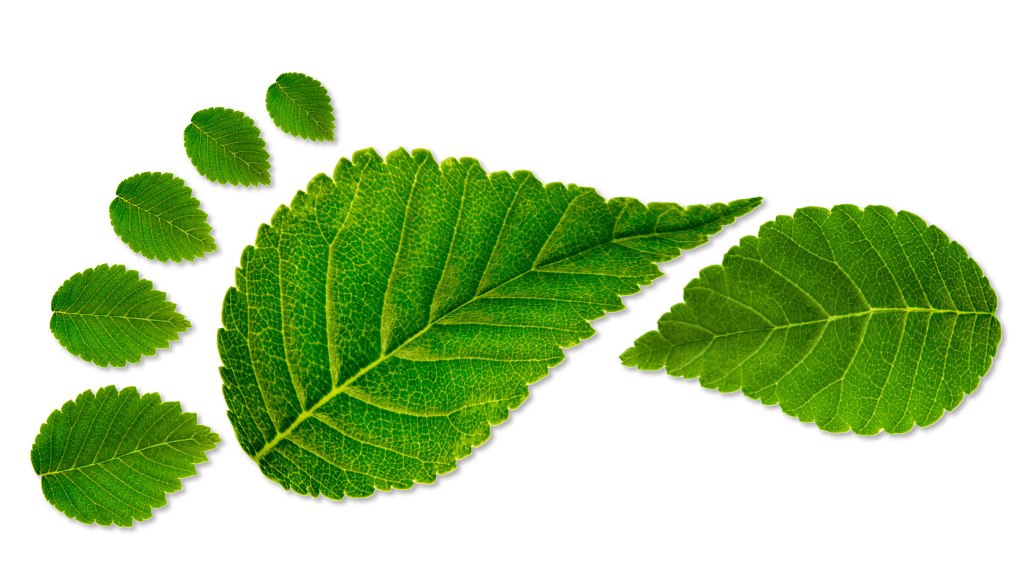






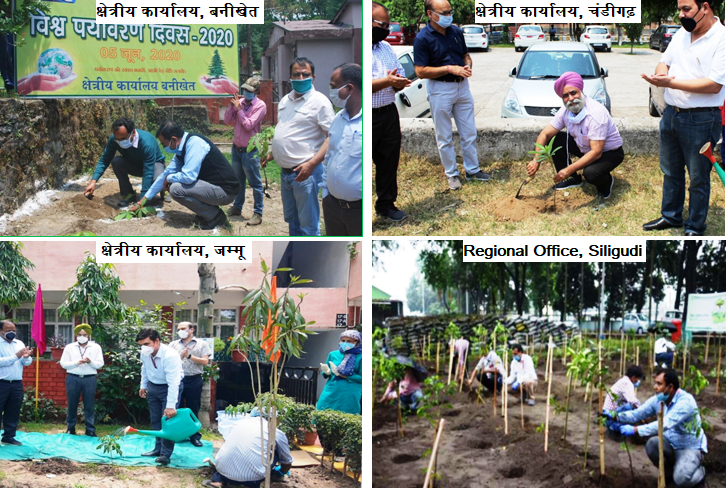
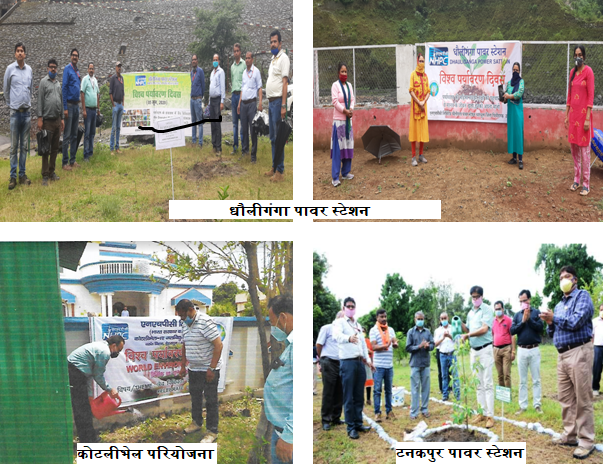
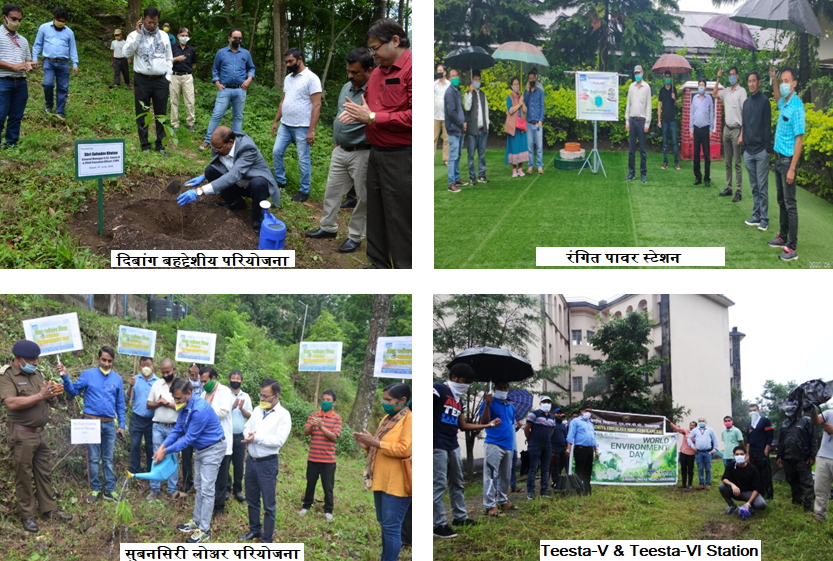
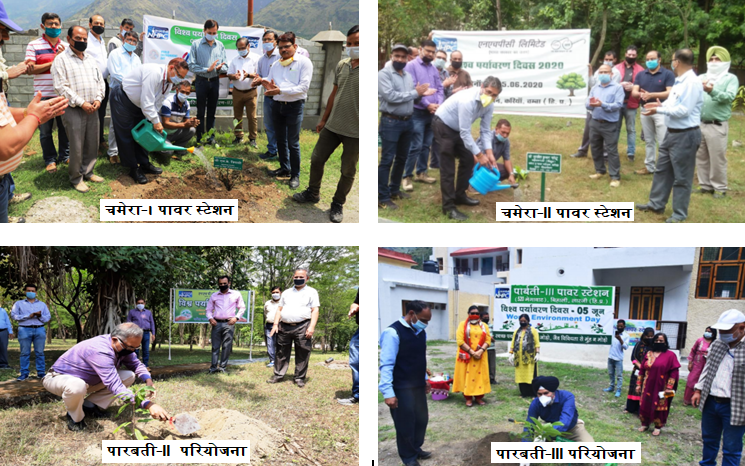
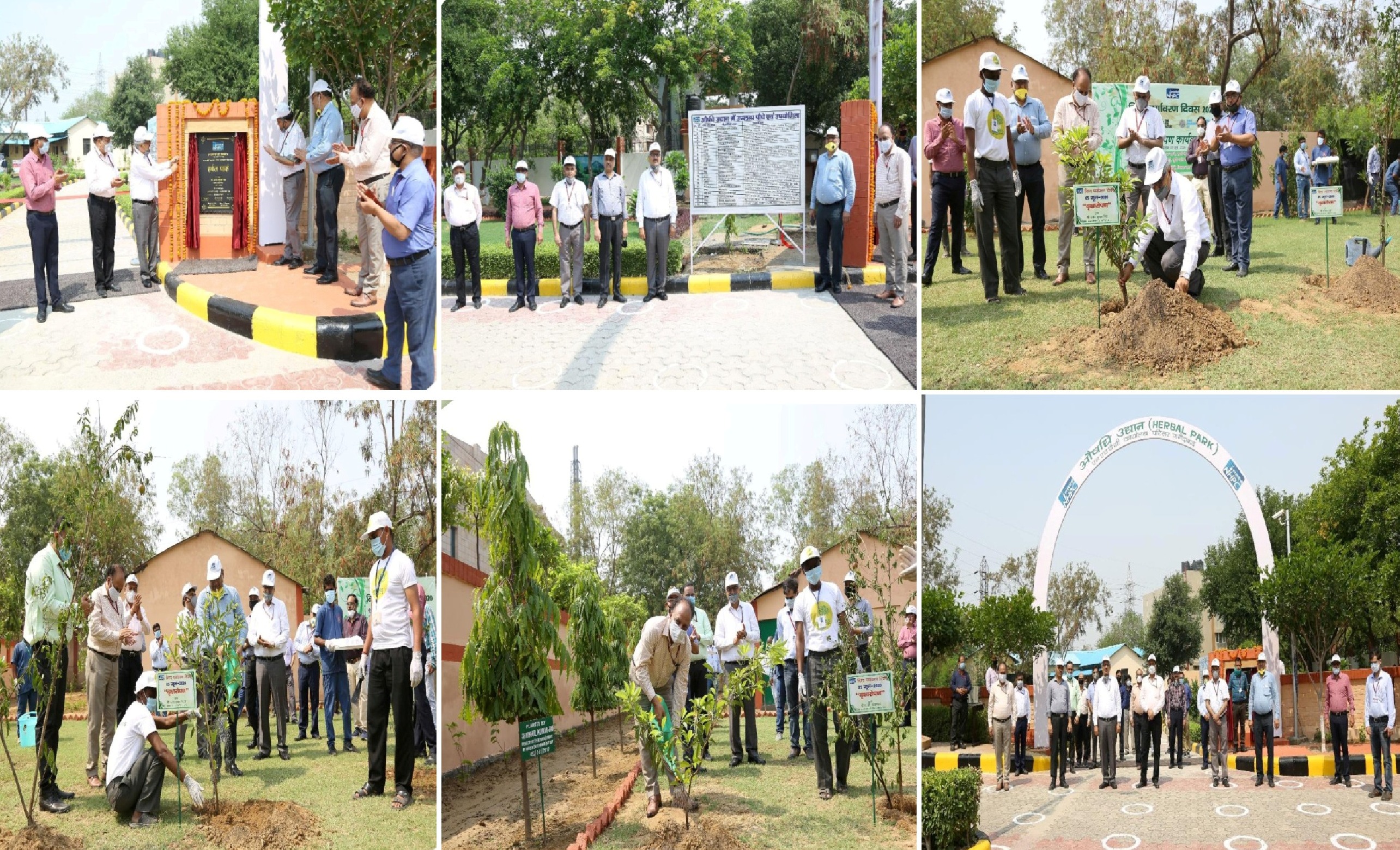
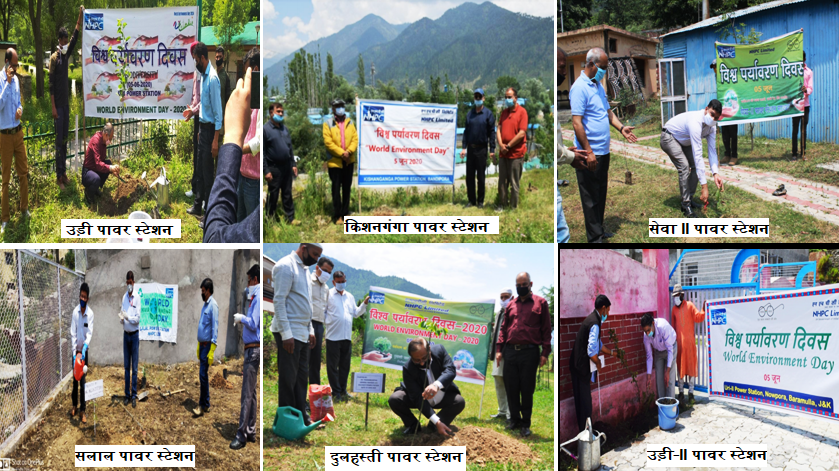
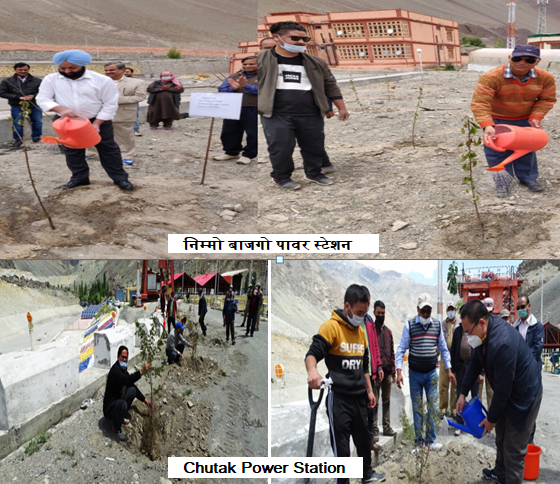
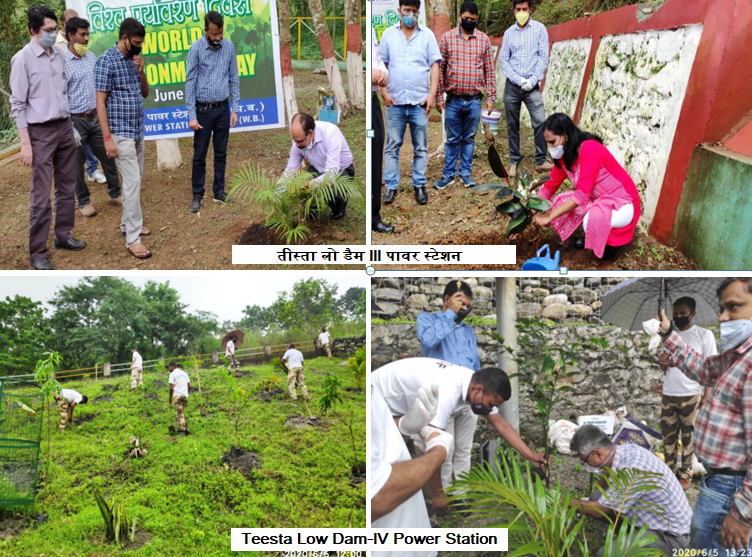
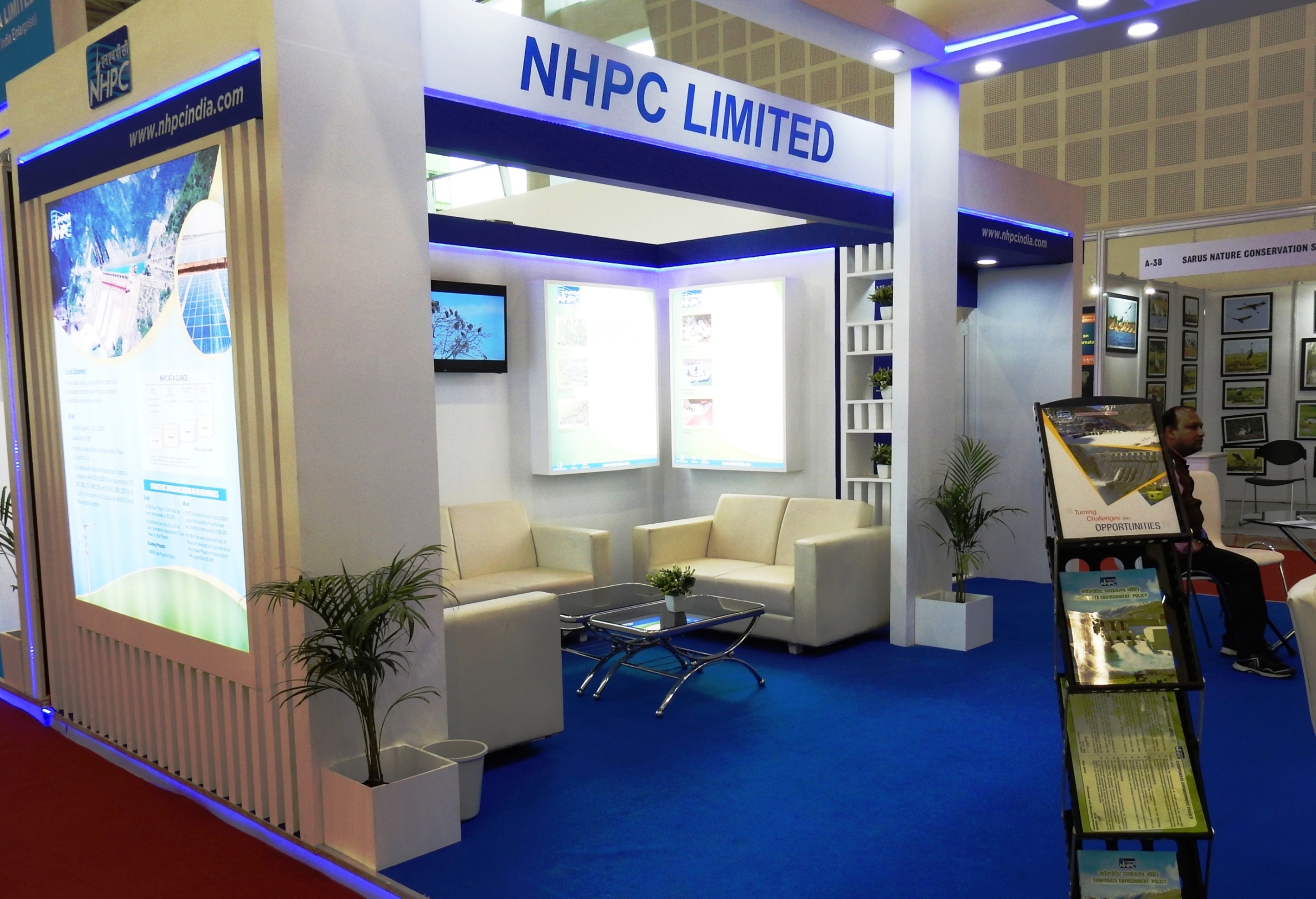



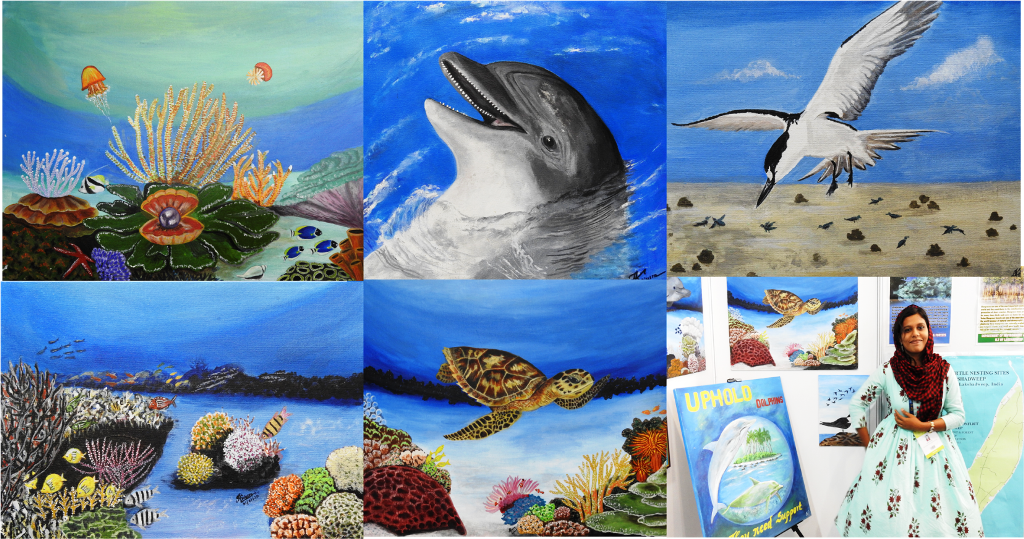



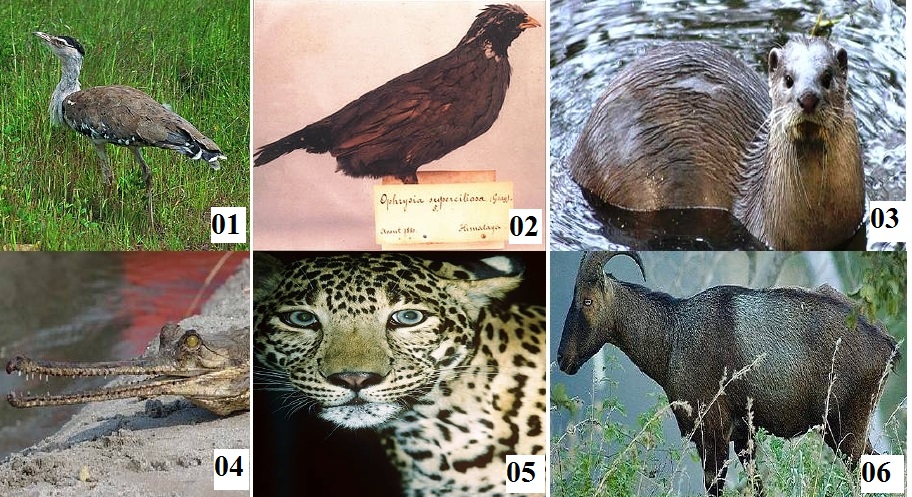
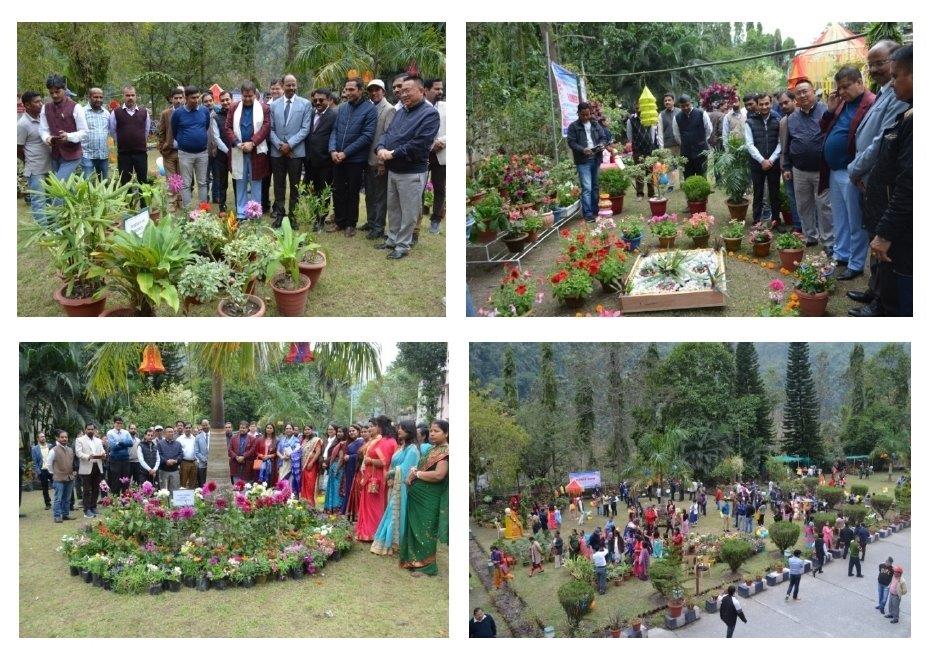
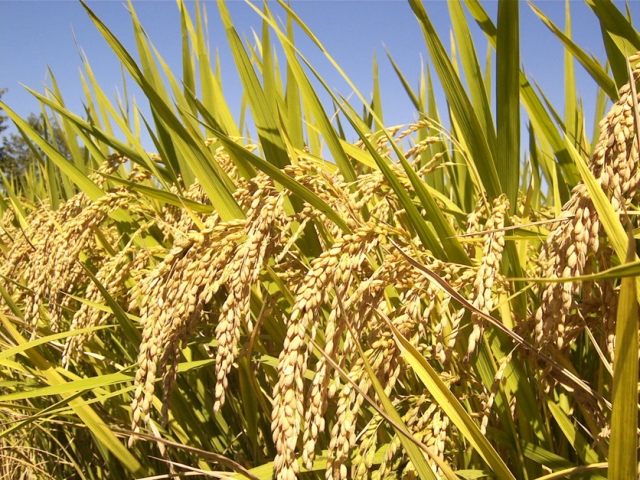
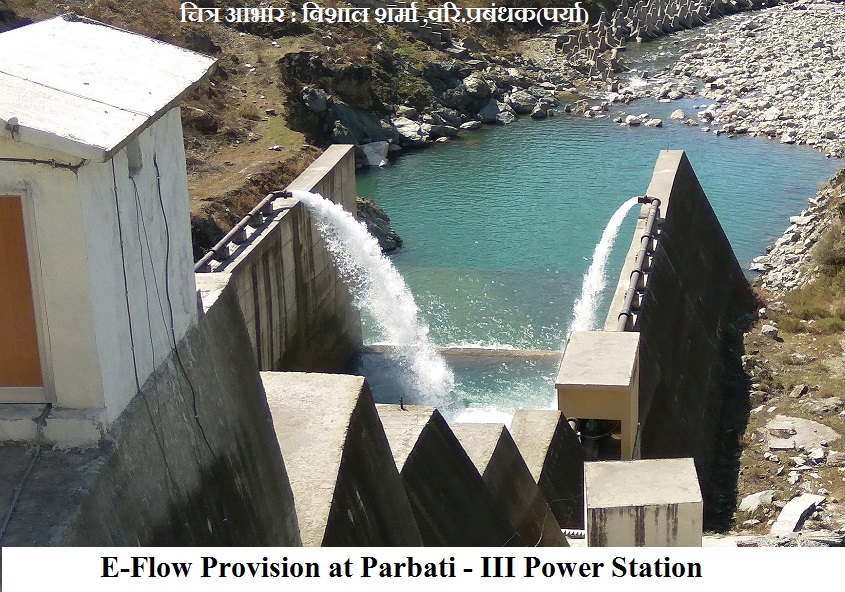

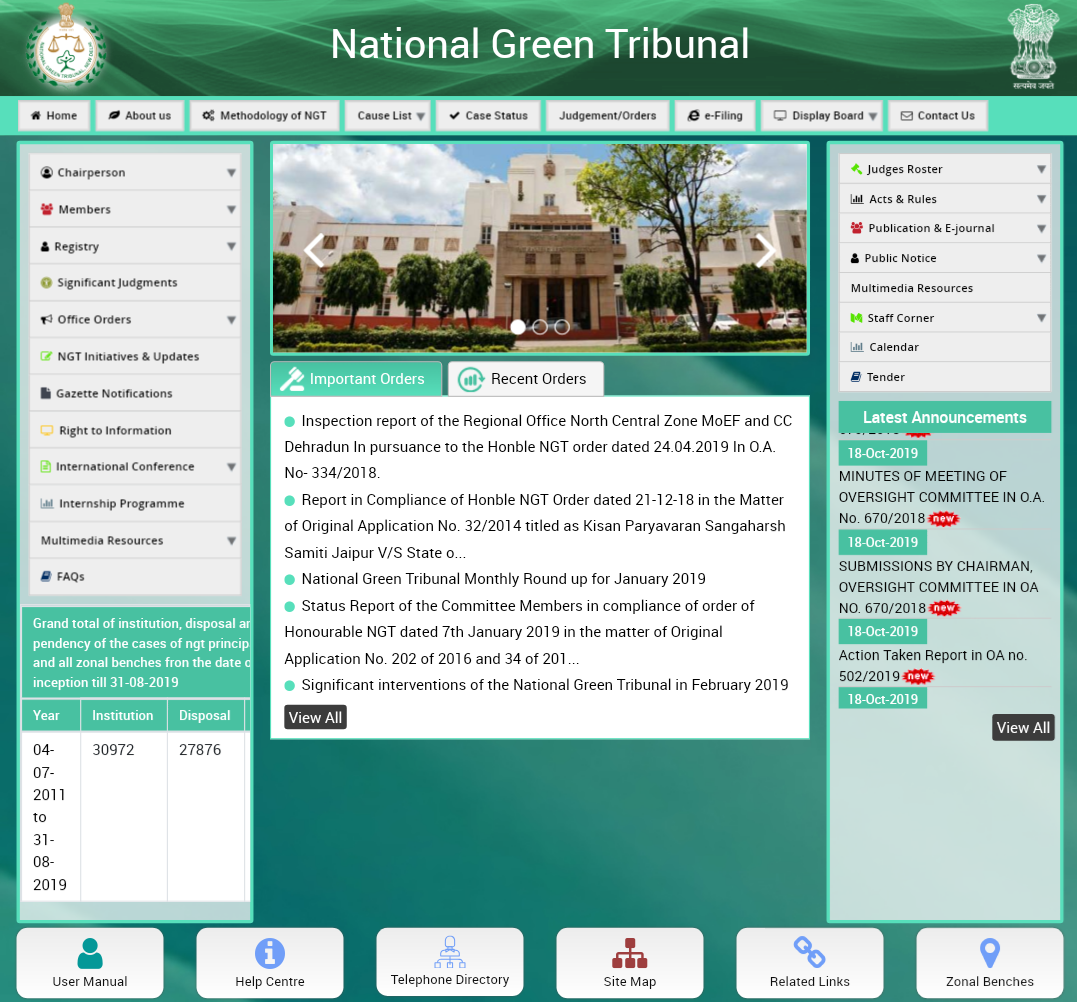
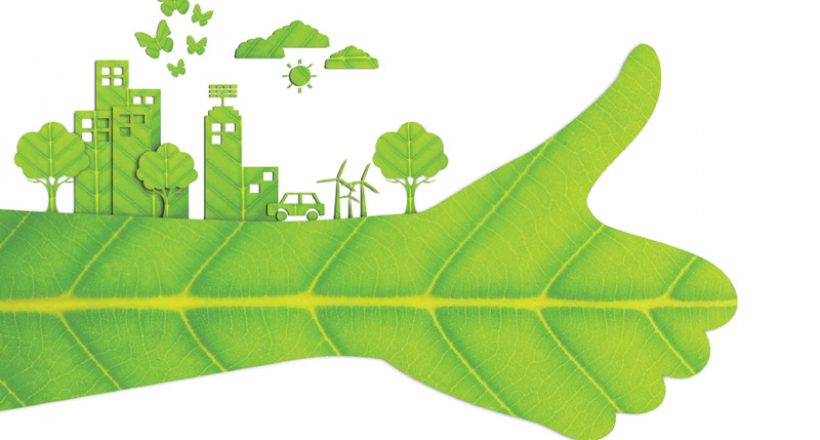
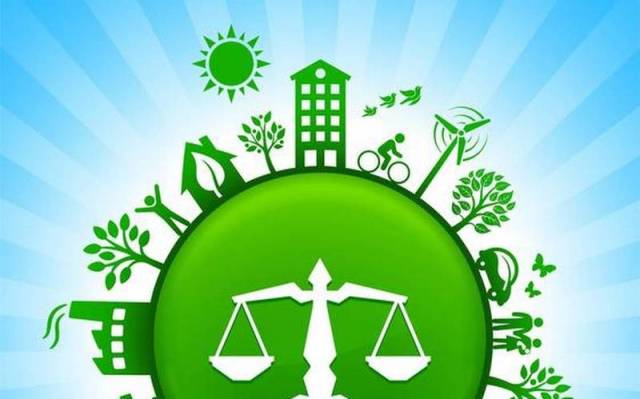



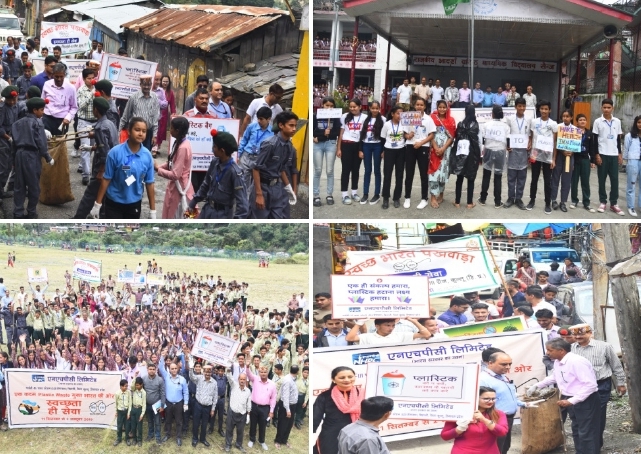

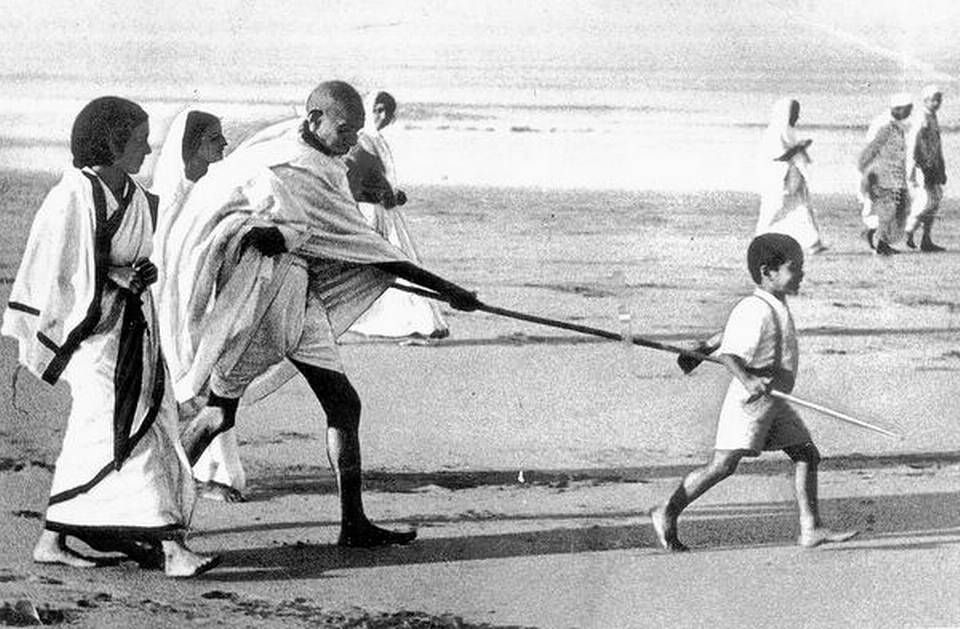
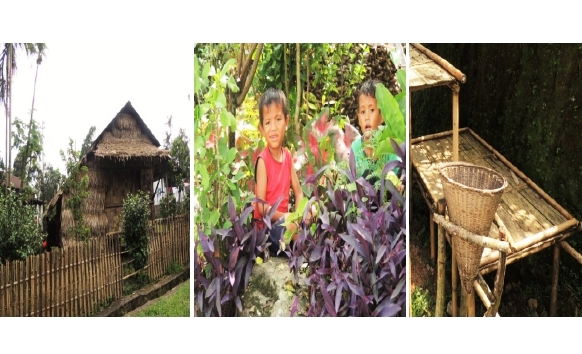
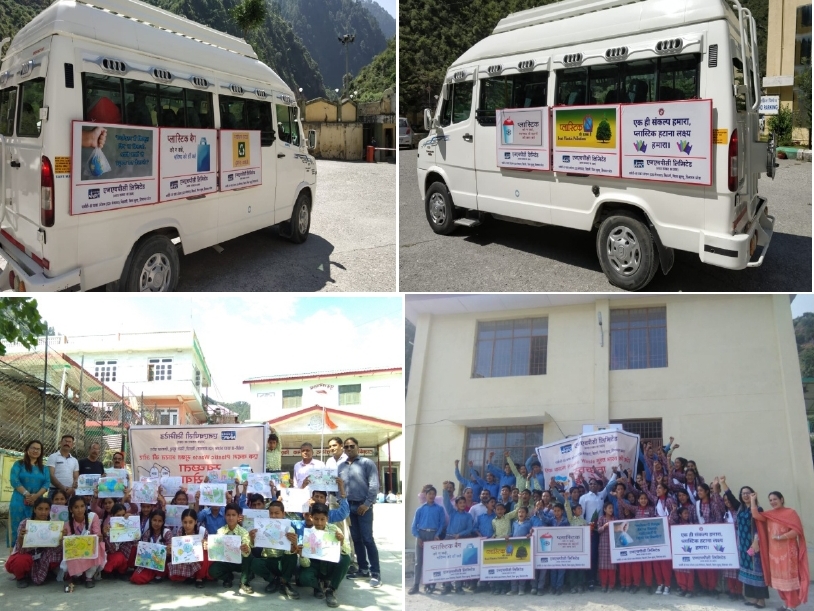
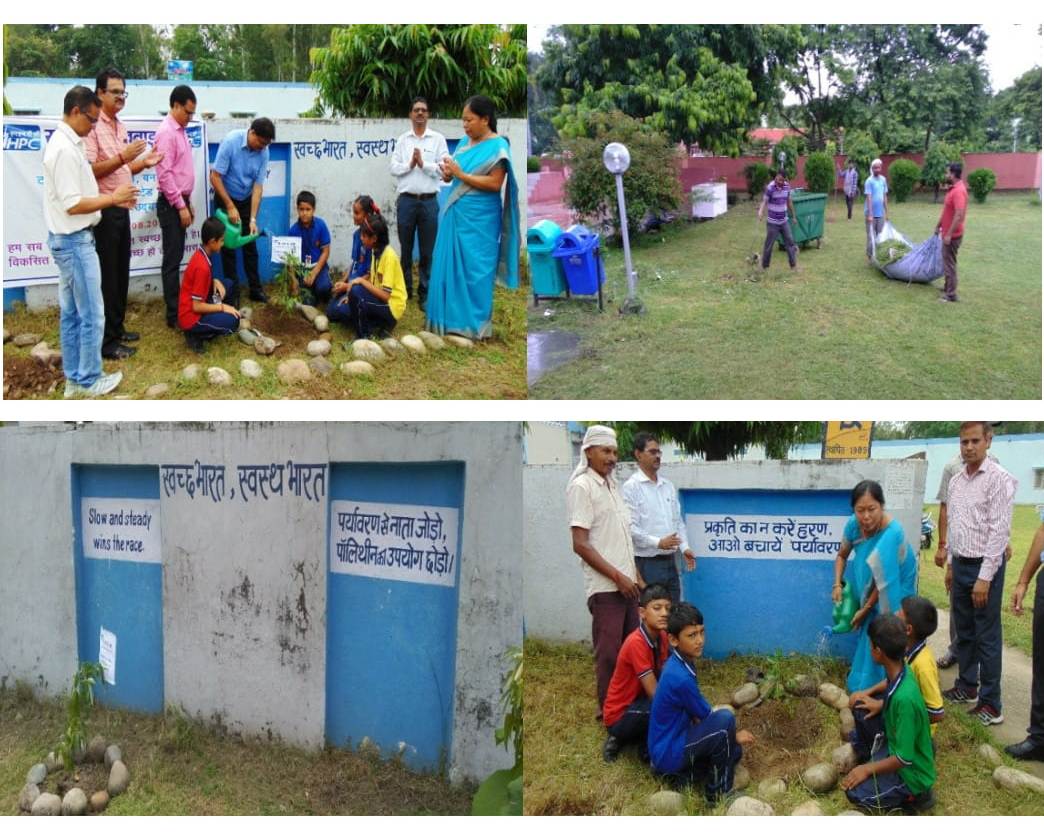
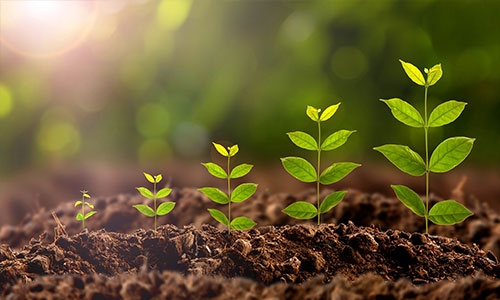




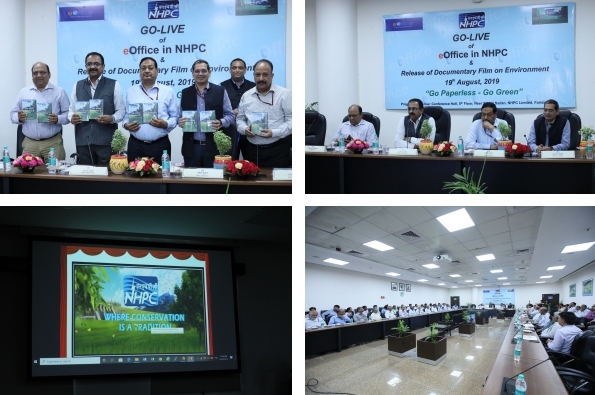
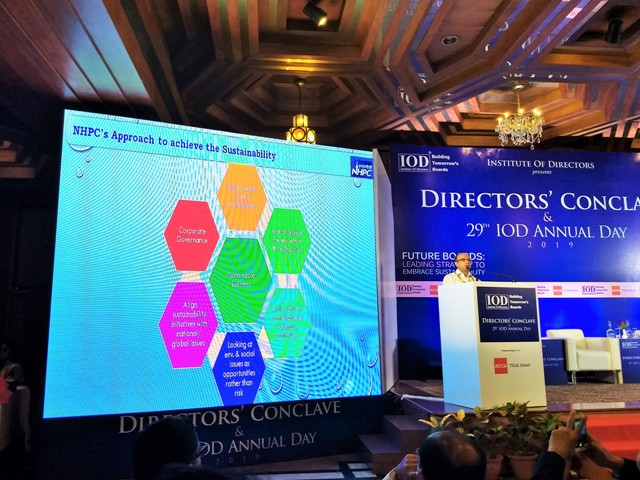
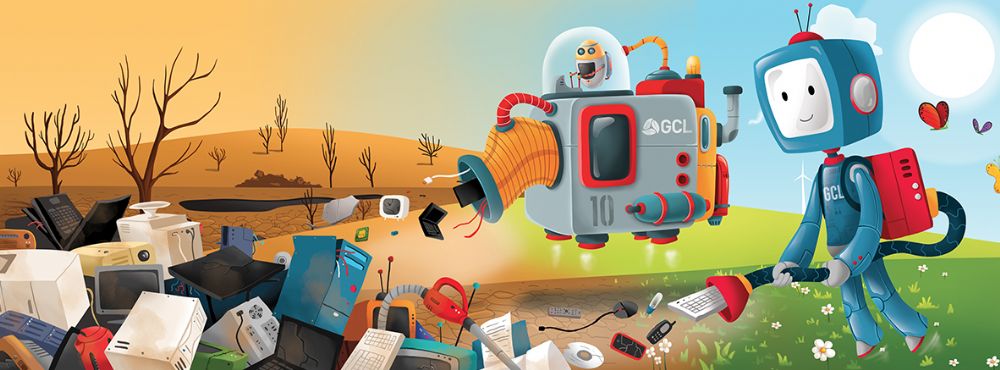
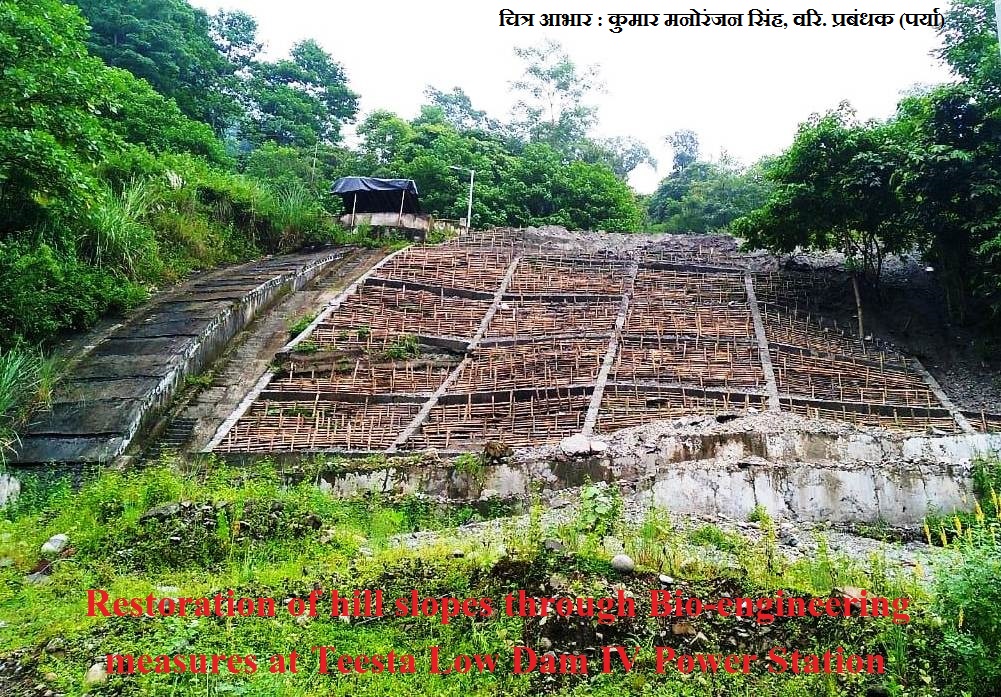

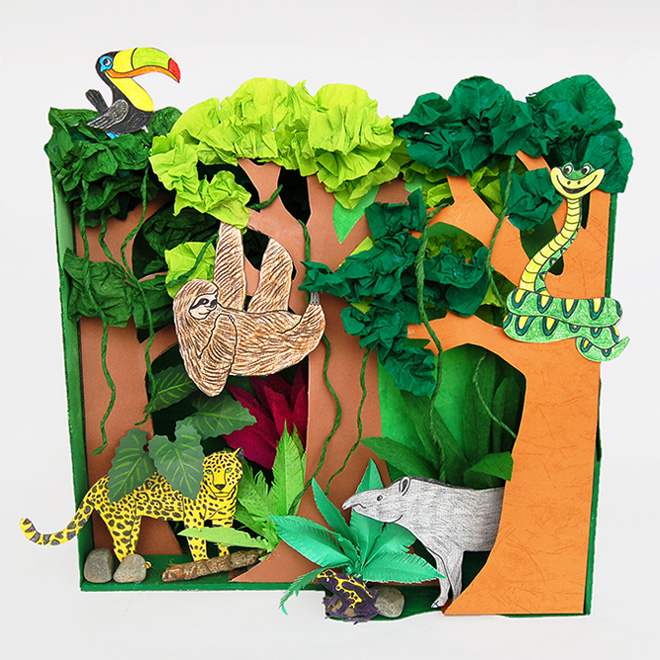
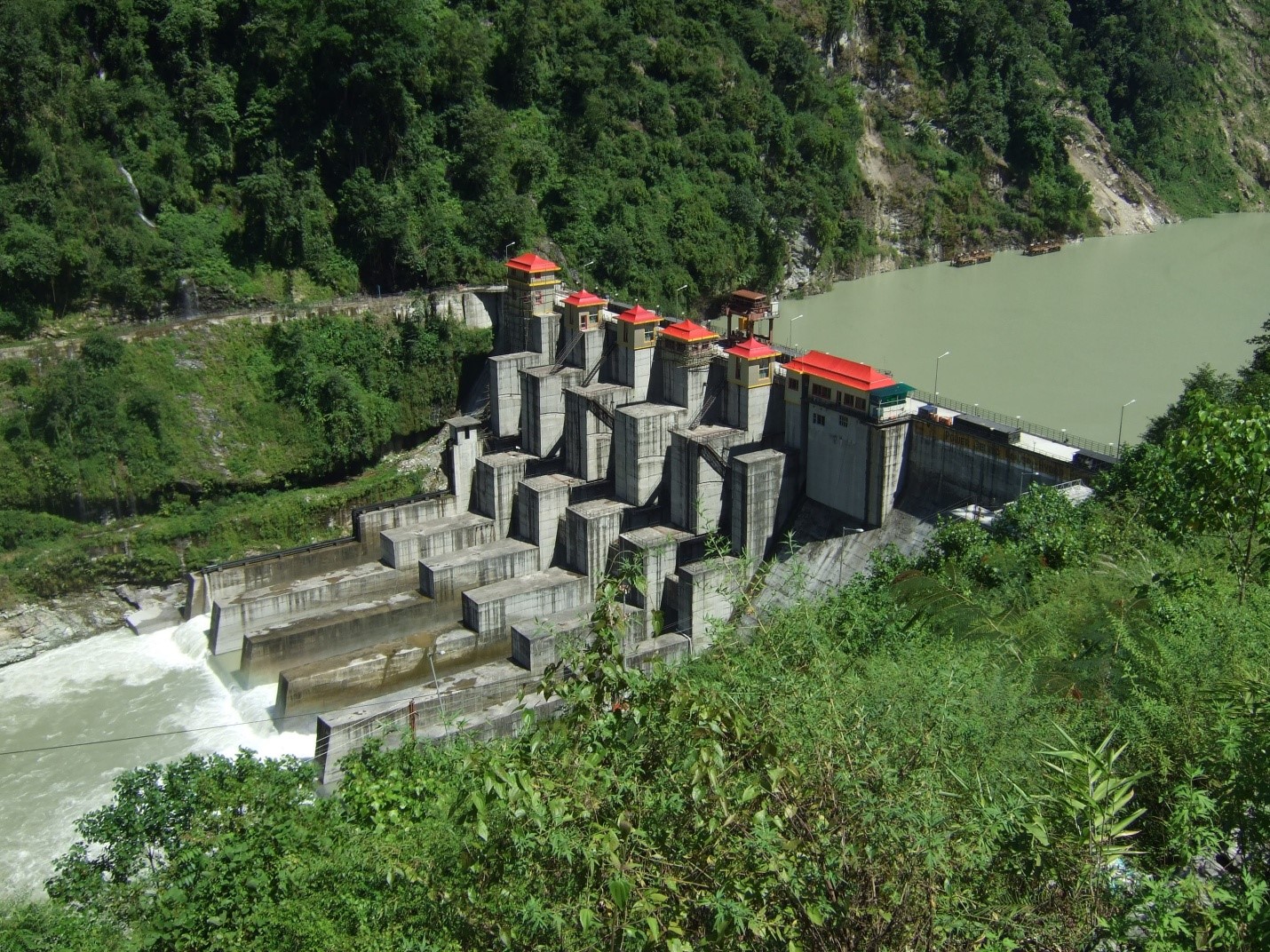
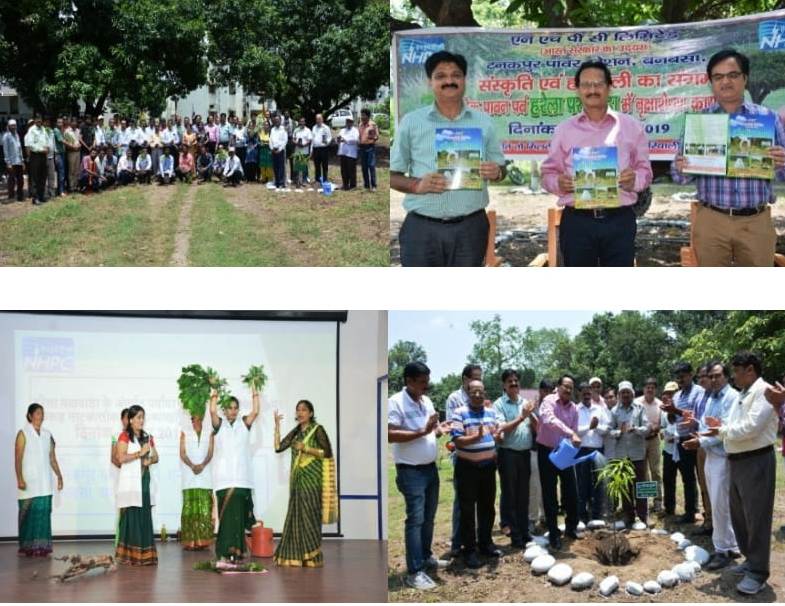
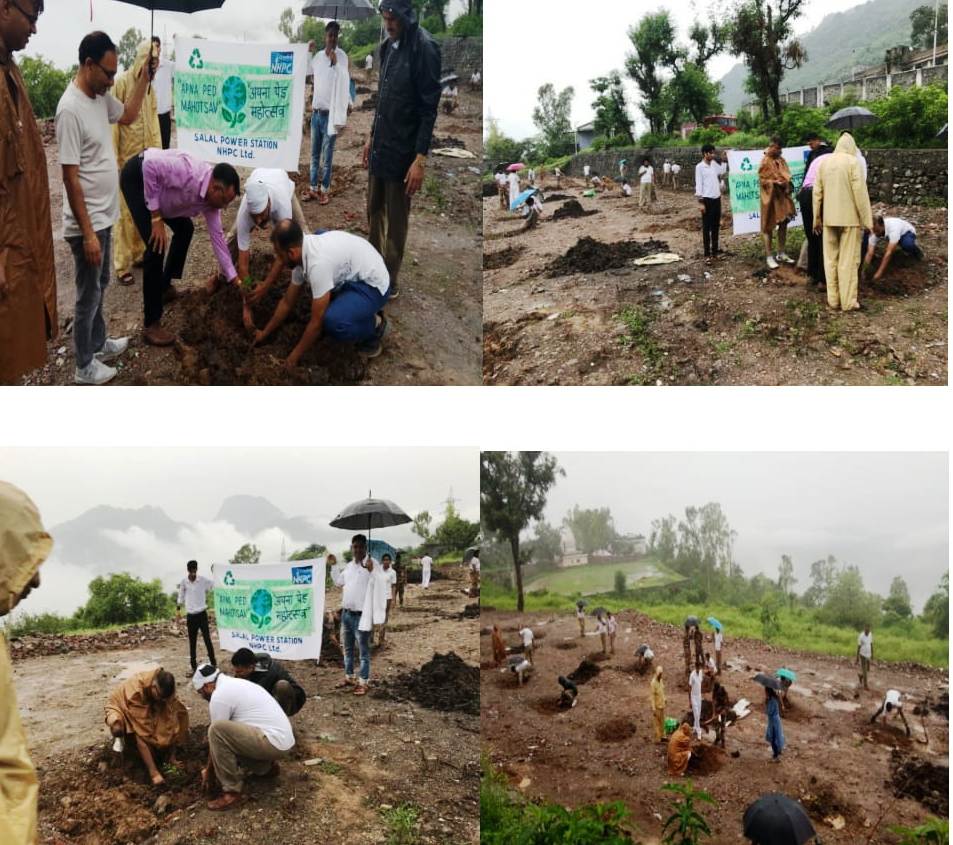
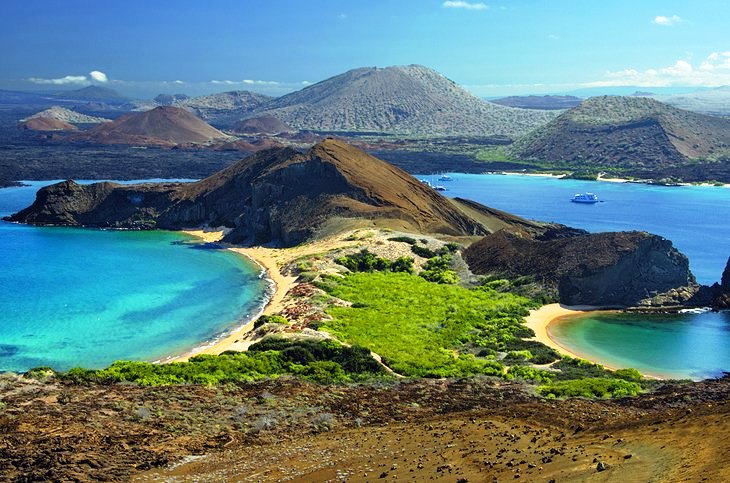
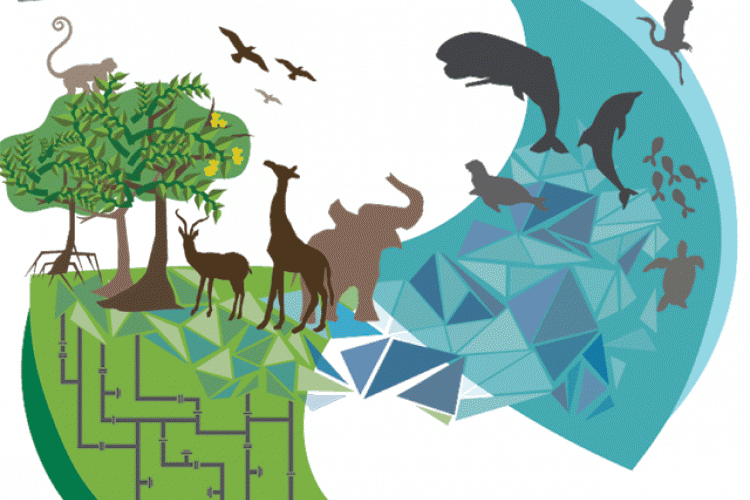

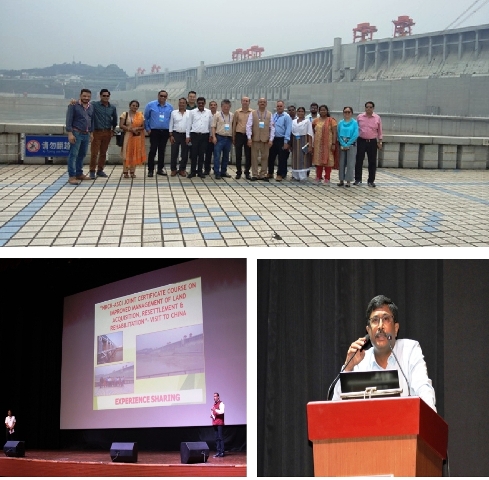



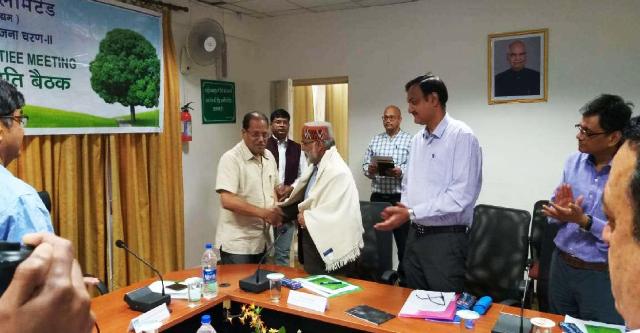

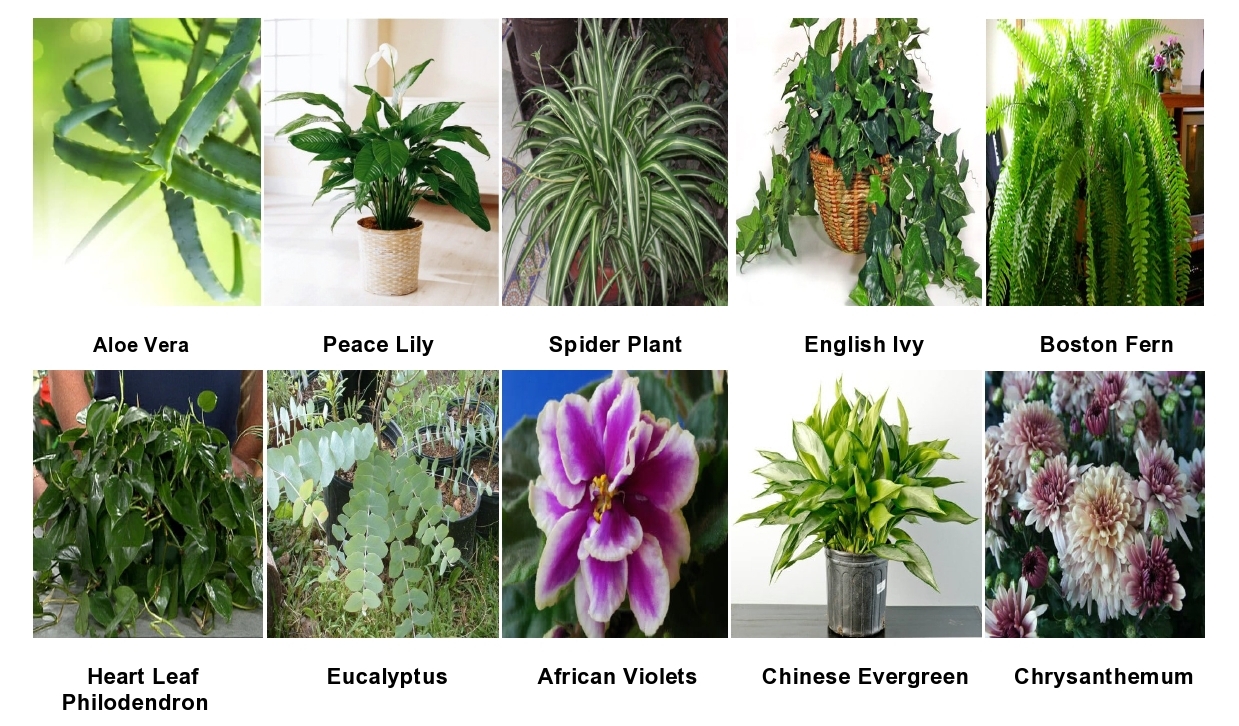
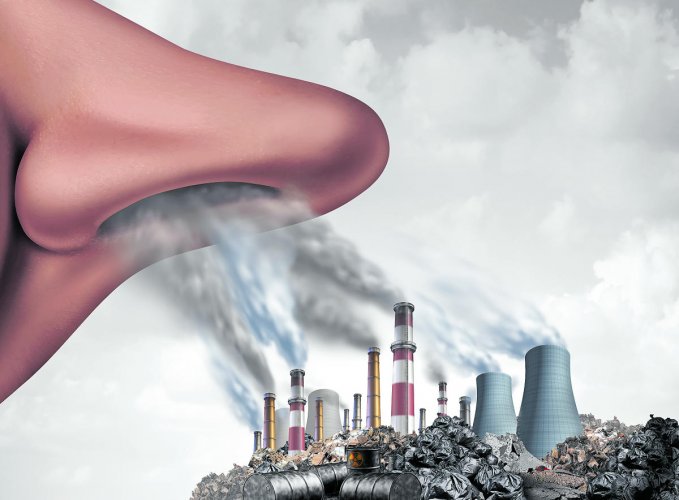
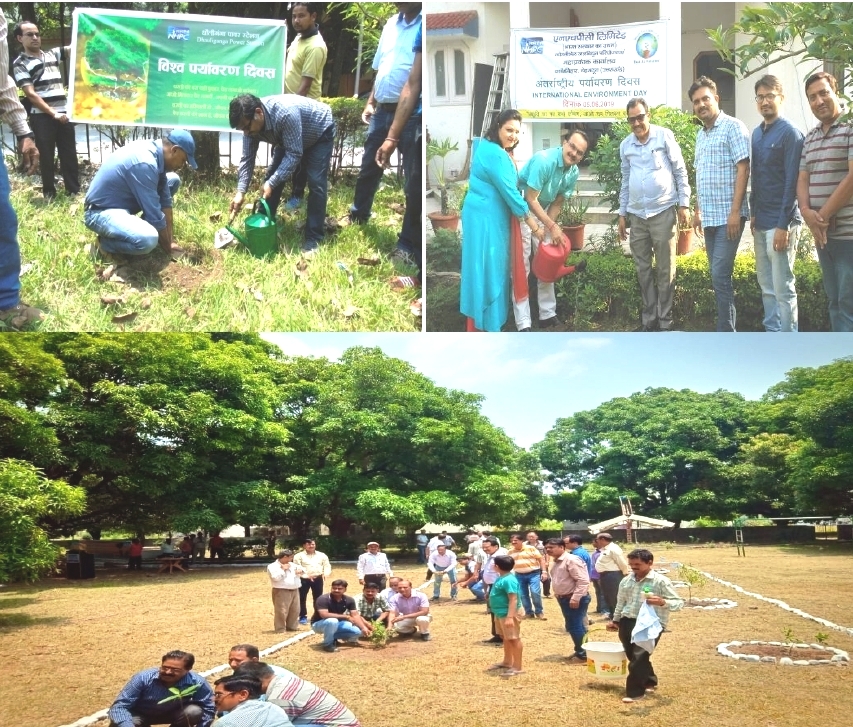
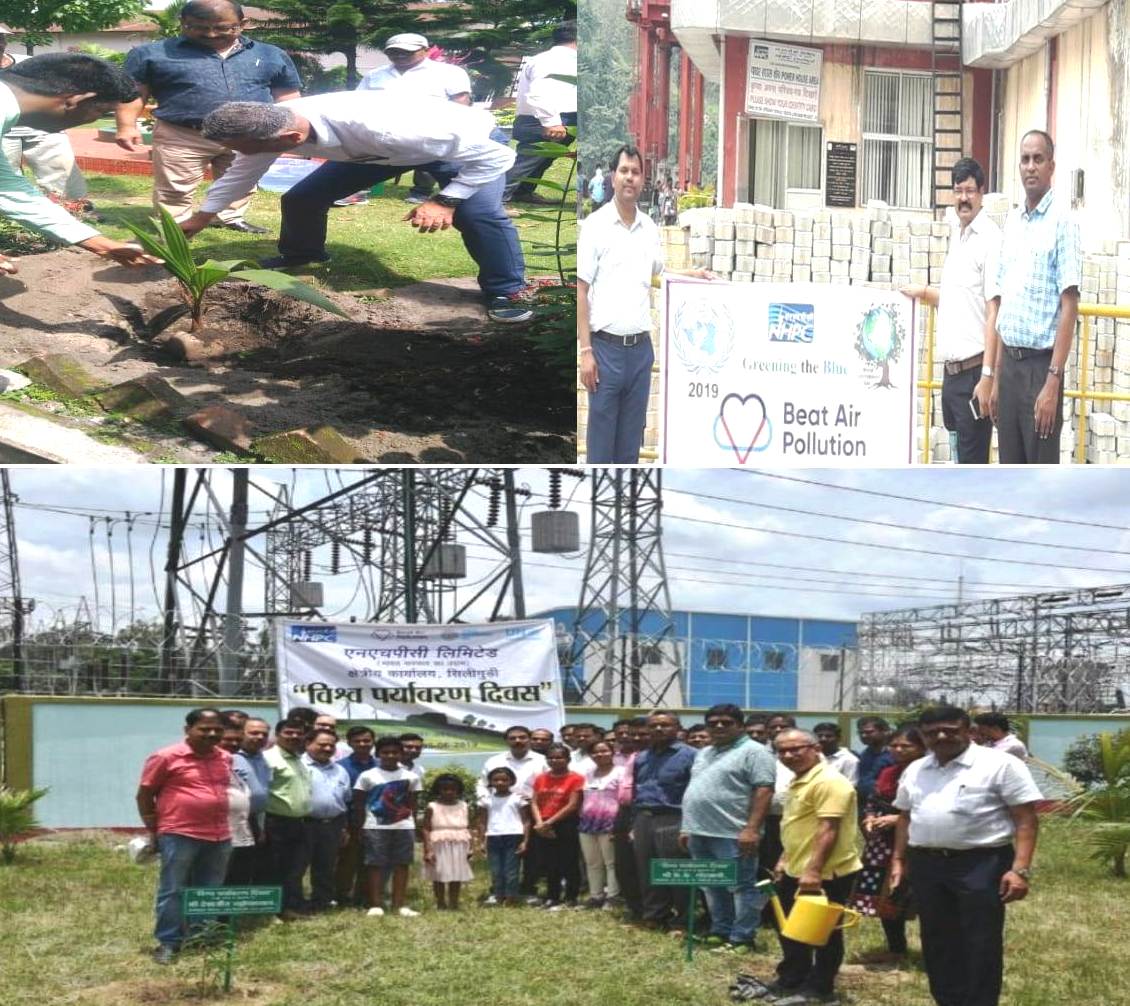

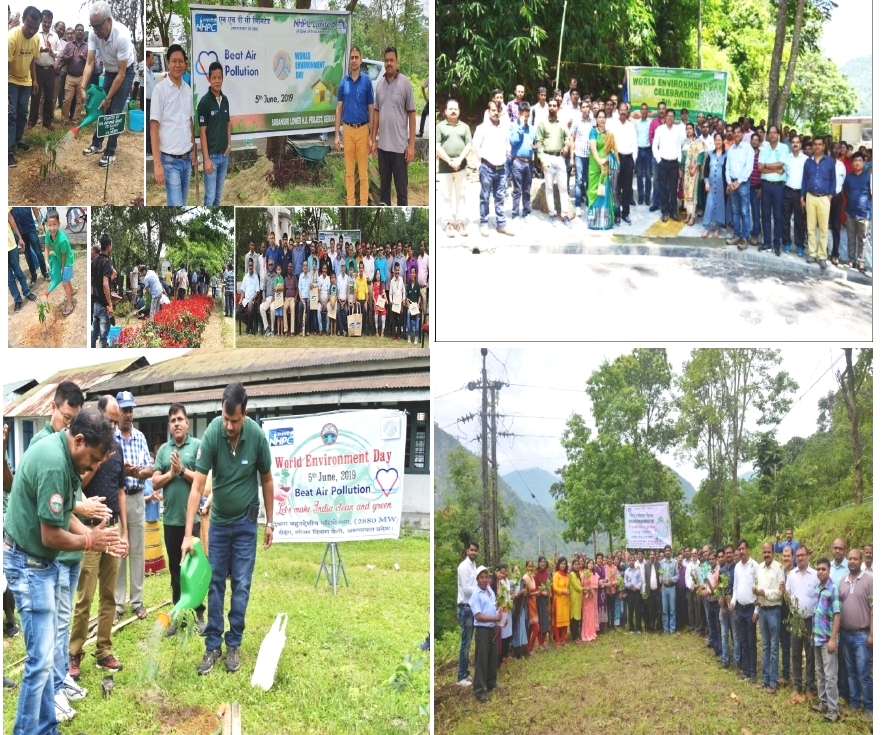
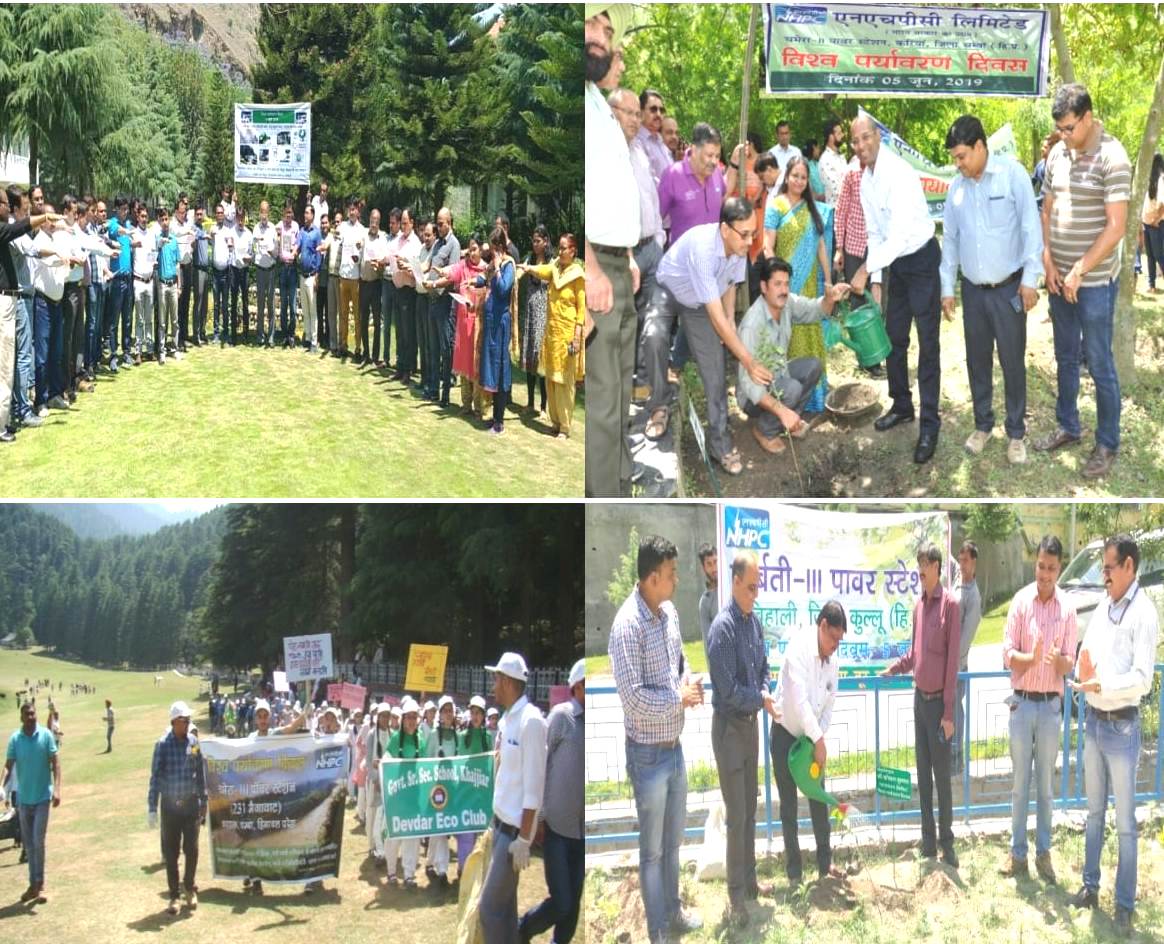
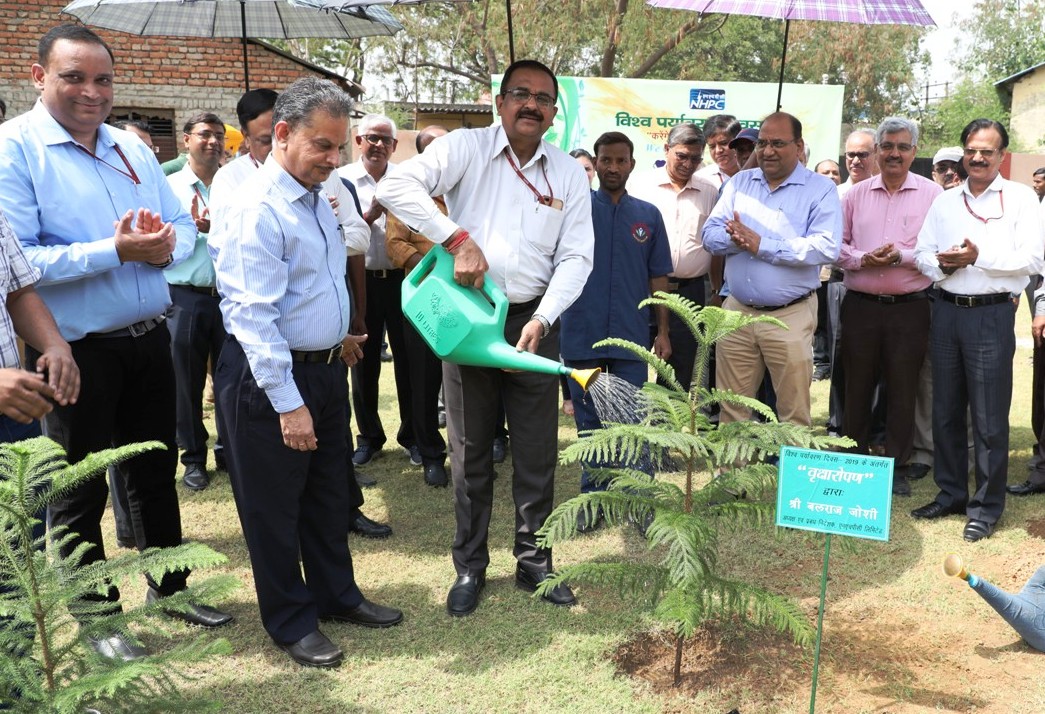

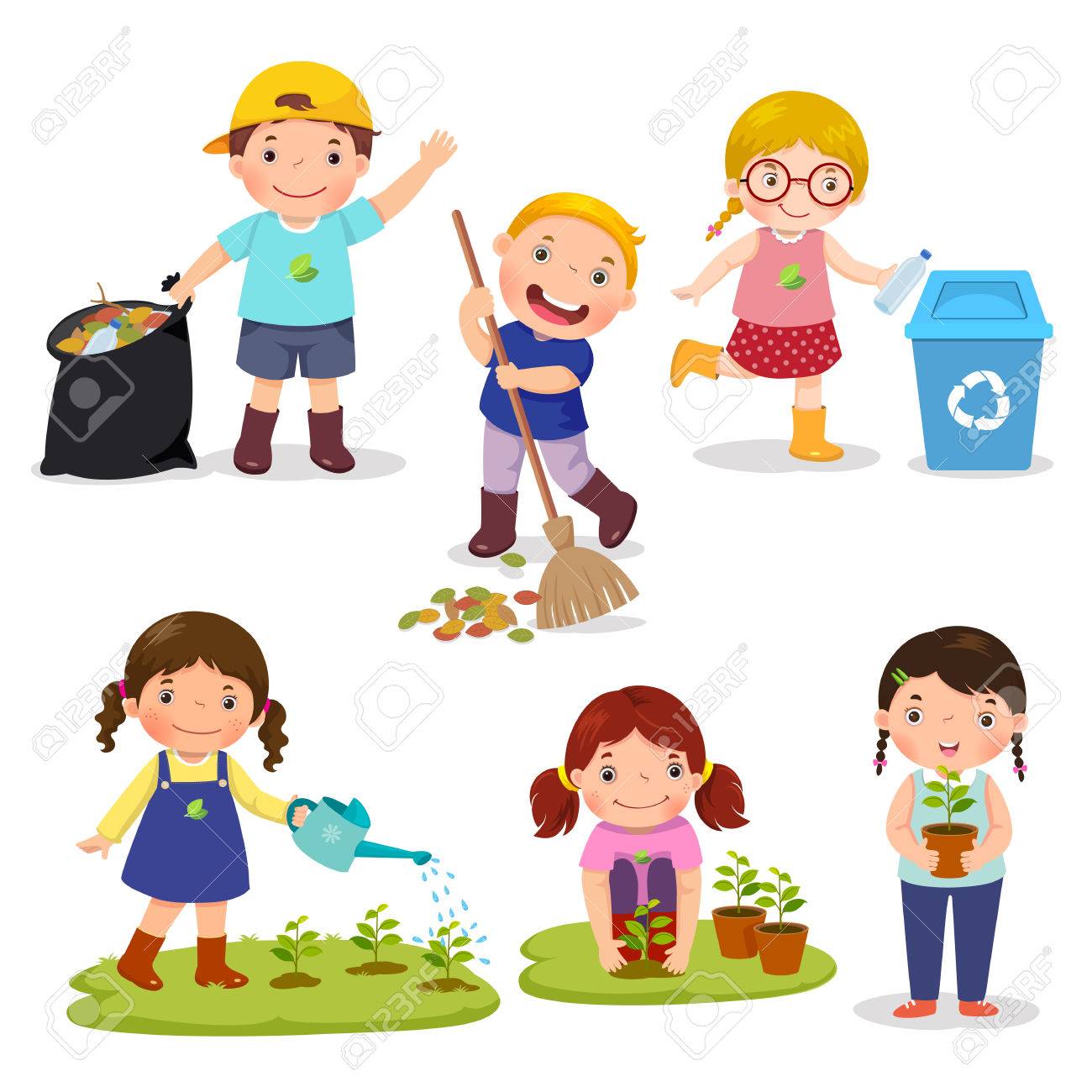
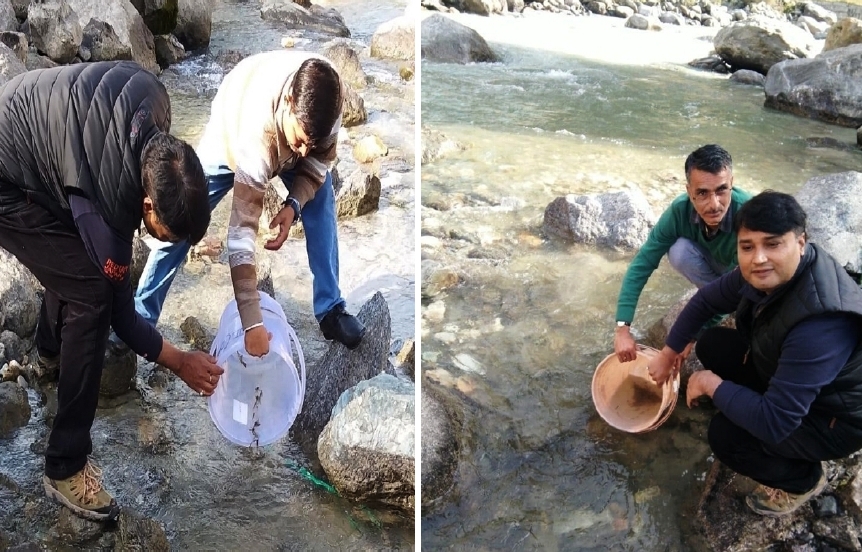


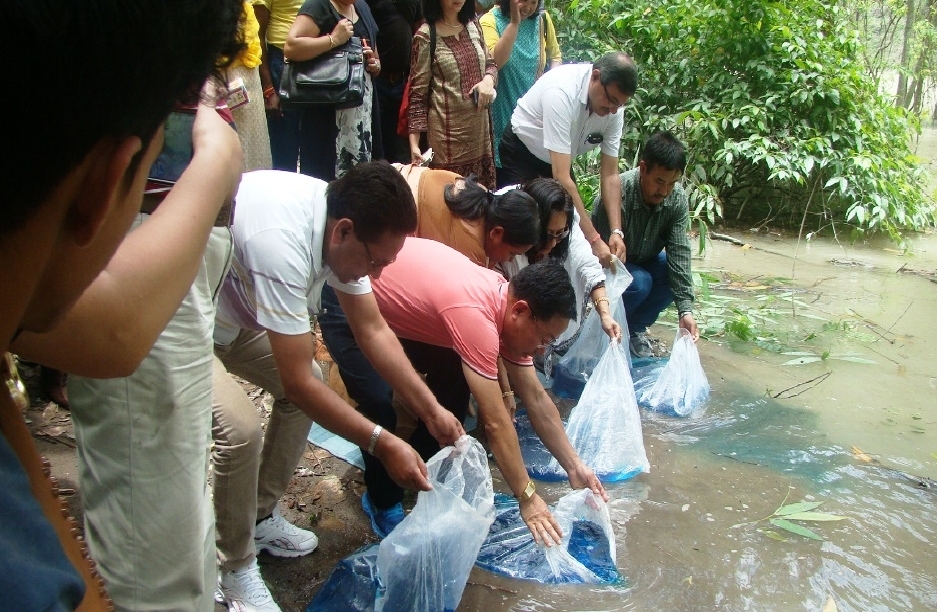

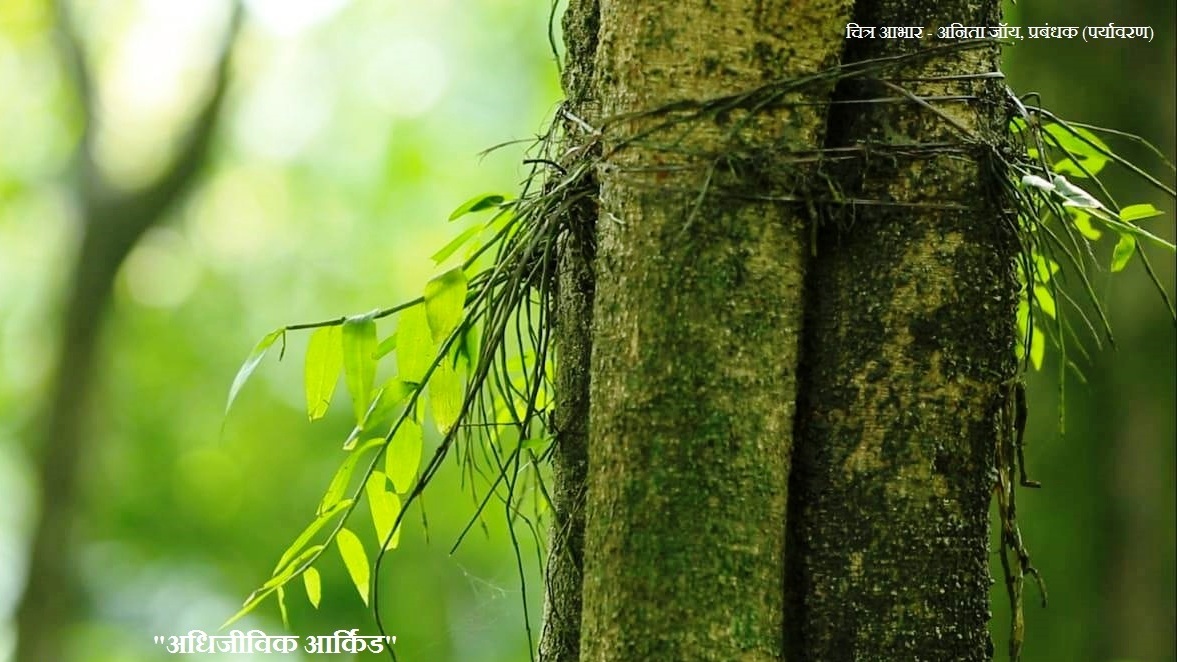
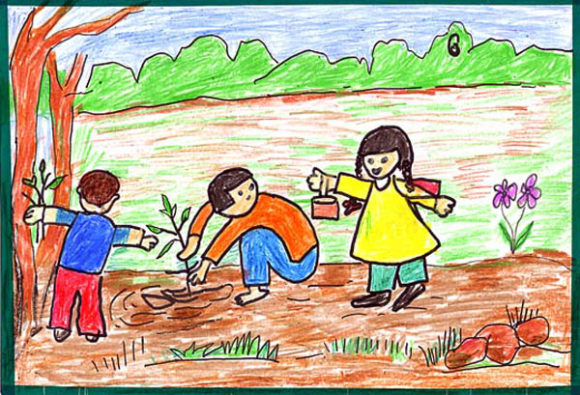

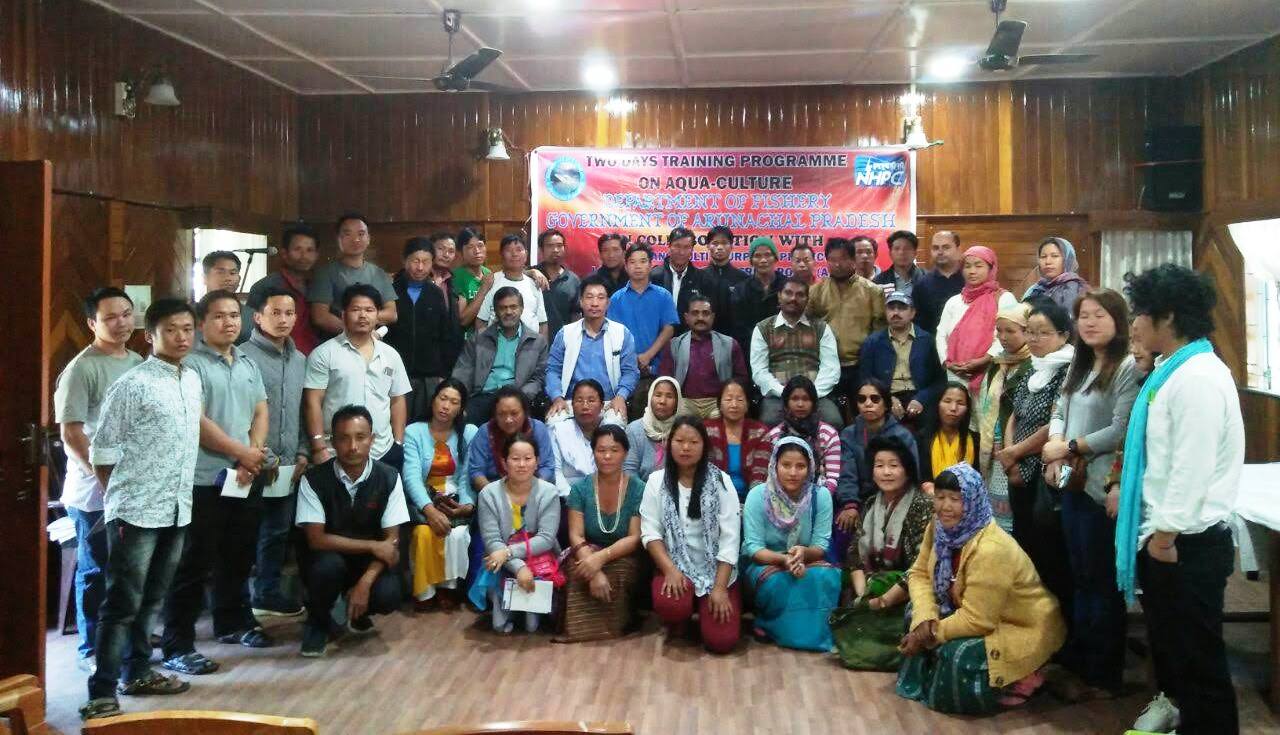

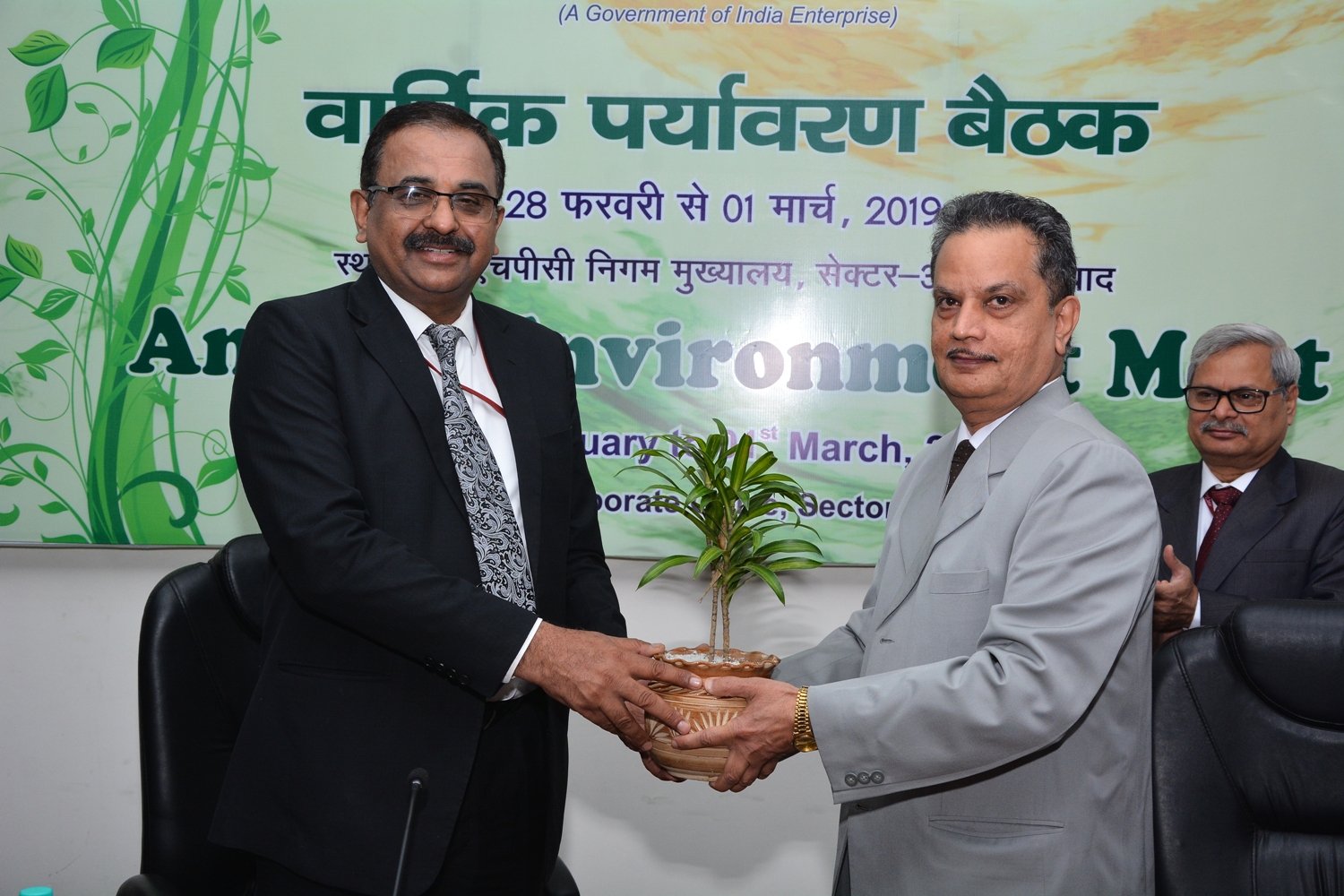











Leave a Reply